 Abraham Lincoln
If given the truth, the people can be depended upon to meet any national crisis...
Abraham Lincoln
If given the truth, the people can be depended upon to meet any national crisis...
 Guildford news...
for Guildford people, brought to you by Guildford reporters - Guildford's own news service
Guildford news...
for Guildford people, brought to you by Guildford reporters - Guildford's own news service
Birdwatcher’s Diary No.252
Published on: 8 Apr, 2022
Updated on: 8 Apr, 2022
By Malcolm Fincham
“Then, as it was, then again it will be.
“And though the course may change sometimes.
“Rivers always reach the sea.
“Flying skies of fortune, each a separate way.
“As the eagle (dragon?) leaves the nest, got so far to go.”
Ten Years Gone by Led Zeppelin.
Having personally surpassed a landmark 250 reports, Birdwatcher’s Diary reports, it was of total surprise this news outlet had also recently surpassed (and I too) a decade of reports! Long live the Dragon!
Well, it certainly doesn’t seem 10 years have past since the Dragon whispered in my ear to attempt to popularise local birds and other wildlife, suggesting I should promote it from my own personal viewpoint, being one of biophilia. After much deliberation, I agreed.
My aim was to boost awareness, as well as care and consideration for the “ever-struggling” life that can still be found beyond our front (and back) doors.
And even add a few photos of mine along the way. At first it was suggested to do a monthly report. Alas, I decided on fortnightly ones to stay as current as I could possibly achieve within the time allowed. In return it has rewarded me with the inner-peace I crave.
“We are eagles of one nest, the nest is in our soul” Led Zeppelin.
A lot has changed in the last decade, some good and some not so.
Continuing with my exploits from my previous report, the remaining week or so of March continued to bring dry weather with some long sunny periods.
Fuel prices had begun to rise extortionately in recent weeks. Fortunately, having like-minded souls for friends, sharing costs for a few group trips to the coast afforded the opportunity to add some more species to my 2022 photographs.
Pagham Harbour in West Sussex is always a favoured spot to visit. For me, it has certainly come up with some rarities, and that includes during the past 10 years of my writings for the Guildford Dragon. They can all be found by scrolling back within my Birdwatcher’s Diary section of the website
At Church Norton, Pagham, sandwich terns could now be heard and distantly seen over on the “tern island”. Occasionally a pair would fly overhead. Although alerted by their sound, but still a challenge for me to photo.
Mediterranean gulls had also recently arrived in their full summer regalia. Their black heads looking far smarter than the summer plumage brown heads of our more regularly seen black-headed gulls.
A lone whimbrel could be viewed on one of the inlet pools, also adding to my “first of year” sightings.
While further out on the mudflats several curlews could be observed.
Just a mile or so away lies Sidlesham Ferry. Out on the Ferry Pool a group of avocets could be viewed on the water.
A group of lapwings also added to the day’s sightings.
While at the Ferry itself, our regular year tick of a spotted redshank once again didn’t let us down.
Moving on to the North Wall, Pagham, small groups of shelducks were also present in the harbour.
Another small and distant unit could be seen in-flight. To the left of them a marsh harrier was picked out, circling in the clear blue sky.
A few lingering brent geese were present, maybe wary of what welcome they might get on their return to their summer breeding grounds in the Urals of northern Russia?
Once of great rarity to the UK, and even a scarce sighting just a decade a go when I first began these reports are glossy ibises.
Having first reported on a glossy ibis that visited Frensham, during the winter floods back in January 2014, I had not seen one in Surrey since. It was of great delight, therefore, to hear reports of six being recently reported at Pagham North Wall. And even more fulfilling to ‘snatch’ a few photos of two of them as they flew overhead.
Until recently, cattle egrets were also a scarcity. In excess of 50 are now regularly reported in the Pagham area. As many as 30 could be counted in flight during our visit, with a few individuals grazing on the farmlands.
Also seen there, as well as locally on some of our Surrey reserves are Cetti’s warblers.
The sun continued to shine as we entered the last week of March, and at the Riverside Nature Reserve near Burpham a few more butterfly species had begun to emerge. This gave me the opportunity to see and photo my first speckled wood butterfly of the year.
And also adding a small white butterfly to this year’s tally.
While comma butterflies were increasing in number.
Actively displaying now were coal tits.
Blue tits were looking sensational in the sunlight.
Grey wagtails could be seen fly fishing along the riverbanks and waterways.
Male wagtails recognised by their black bibs.
Along the towpath the machine gun-like rattle of a tiny wren could be regularly heard.
When lit up by the sunshine, red kites were looking stunning in their spring plumage.
And also the common buzzard.
As always, this time of the year is a sensitive one for naming locations especially in respect of breeding birds. And to follow the protocol of not even naming the locations where any rarities may potentially breed. Although these days it is just a tiny minority who spoil things, I feel “loose lips, sink ships” and I could never be at peace with myself if my words were of detriment to my avian friends!
However, one pair of breeding birds I have been pleased to have been able to promote in recent years are the peregrine falcons nesting in Woking. Now incubating four eggs (at the last count) it’s always of interest to keep up to date with the webcam.
On the last weekend of March the clocks were put forward, British summer-time had officially begun. Although personally wishing it to be a permanent setting, at least it would allow me an extra hour of evening daylight.
Another visit to Tice’s Meadow near Farnham on March 27, I heard singing, saw and photographed my first blackcap of the year
Also while checking out movement in some blackthorn blossom adjacent to him, revealed a female blackcap, recognised by her copper-brown cap.
A stroll around Papercourt water meadows, near Send on March 28 was a quiet one in the respect of avian species. Having prepared myself to my mantra of “Enjoy the walk and anything I might see will be a bonus”, I was eventually rewarded by seeing a little mammal appear before me along the path I was walking.
It was a weasel.
Prominent now were the yellow flowers of spring – daffodils, forsythia and primroses all now starting to blossom. And even lesser celandines were adding some colour along the river banks.
The local heathlands, although still bare of leaf, were brightened by the xanthous hue of gorse blossom. On one such bush, perched up and displaying was a Dartford warbler. Having survived what had been a relatively mild winter, like me, it was optimistic of the weeks to come.
During the last days of March, a block of high pressure over Greenland and Iceland enabled east to north-east winds bring temperatures down to below average. As often, southern most counties of the UK escaped the worst of the weather. As snow settled in some northern counties, we had been restricted to a keen breeze and just a few snow flurries.
At Britten’s Pond, Worplesdon, despite the blip in the weather spring-time activities among wildlife continued.
By the last few days of the month, the shiny new green leaves of the weeping willows on the island in the pond had sprouted. Once again winning in their competition with the hawthorn around the pond.
But they still remained bare enough for good opportunities to photograph chiffchaffs, who were still in fine voice, although still unable to conceal themselves.
It also allowed me to add another singing blackcap and my first signing of one there this year.
In the dead trees along the side of the railway embankment great spotted woodpeckers were actively vocal.
While the sounds of nuthatches were constant.
Overhead, a pair of common buzzards could be viewed.
The resident adult female swan was now seated on her throne, out on one of the islands. Possibly soon to be brooding an egg or two?
Her husband, the “Cob” was certainly defending the territory about her. Aggressive in its pose, chasing away both geese and last year’s cygnets, should they stray too close.
Canada geese as well as the greylag geese were having their own personal battles as they jostled for supremacy.
While an Egyptian goose had also made a recent appearance there.
With fishing presently in close season and a cutting north wind prevailing, “people traffic” was minimal enough to even get a pair of teal out on the water. Often shy in nature, quite a rare sighting there.
Large yellow inflatable balls with glistening eyeholes had been strategically placed on the water in recent days. This was in the hope of warding off the cormorants from fishing. Although ingenious in theory, if it were me I think I would ask for my money back!
On the odd occasions while visiting pond a large carp could be noted, breeching the surface of the water. Setting myself a photographic challenge, I was rather pleased with the result.
Redwings and fieldfares and a few bramblings were still being reported around the Surrey countryside. Our officially licensed bird-ringing pals, John and Ross from Kent, had, between them, to-date ringed more than 600 bramblings this winter.
John, who is a mentor in the art of bird-ringing and lifelong birdwatcher, has never achieved such a personal record.
While his understudy, Ross, continues to draw in the birds!
Responses to Birdwatcher’s Diary No.252
Leave a Comment Cancel reply
Please see our comments policy. All comments are moderated and may take time to appear. Full names, or at least initial and surname, must be given.Recent Articles
- A Splashing Time at Guildford Lions Club’s Raft Race 2025
- Stoke Park Paddling Pool Is Open Again Following Safety Investigation
- Ash Care Home Proposal For Vacant Bewley Site Moves To Next Stage
- ‘Long-anticipated’ Waverley Skate Park Planned for Cranleigh
- Men In Their 60s Arrested After Fight At Newlands Corner
- New Cancer Charity Offers Support To Patients On Road To Recovery
- Councillor Calls on Colleagues To Stop Patronising Parents of SEND Children
- ‘Catapults Must Be Treated Like Knives’ Says Deputy Police Commissioner
- New Study Shows Promise In The Diagnosis of Poor Blood Circulation
- Fake News To Be Examined at the Guildford Institute



Recent Comments
- Graham Vickery on Letter: Local Government Reorganisation Consultations Are Too Little, Too Late
- Peta Malthouse on Normandy Housing Plan Reignites Concerns Over ‘Damage To Our Community’
- Richard Cooke on Letter: Snail-paced Progress for Full Weir Repair
- Bethan Moore on Guildford’s First “Bike Bus”
- Andy Friend-Smith on Guildford’s First “Bike Bus”
- Peter Mills on Guildford’s First “Bike Bus”
Search in Site
Media Gallery
Dragon Interview: Local Artist Leaves Her Mark At One of England’s Most Historic Buildings
January 21, 2023 / No Comment / Read MoreDragon Interview: Lib Dem Planning Chair: ‘Current Policy Doesn’t Work for Local People’
January 19, 2023 / No Comment / Read MoreA3 Tunnel in Guildford ‘Necessary’ for New Homes, Says Guildford’s MP
January 10, 2023 / No Comment / Read More‘Madness’ for London Road Scheme to Go Ahead Against ‘Huge Opposition’, Says SCC Leader
January 6, 2023 / No Comment / Read MoreCouncillor’s Son Starts Campaign for More Consultation on North Street Plan
December 30, 2022 / No Comment / Read MoreCounty Council Climbs Down Over London Road Works – Further ‘Engagement’ Period Announced
December 14, 2022 / No Comment / Read MoreDragon Interview: GBC Reaction to the Government’s Expected Decision to Relax Housing Targets
December 7, 2022 / No Comment / Read MoreHow Can Our Town Centre Businesses Recover? Watch the Shop Front Debate
May 18, 2020 / No Comment / Read More



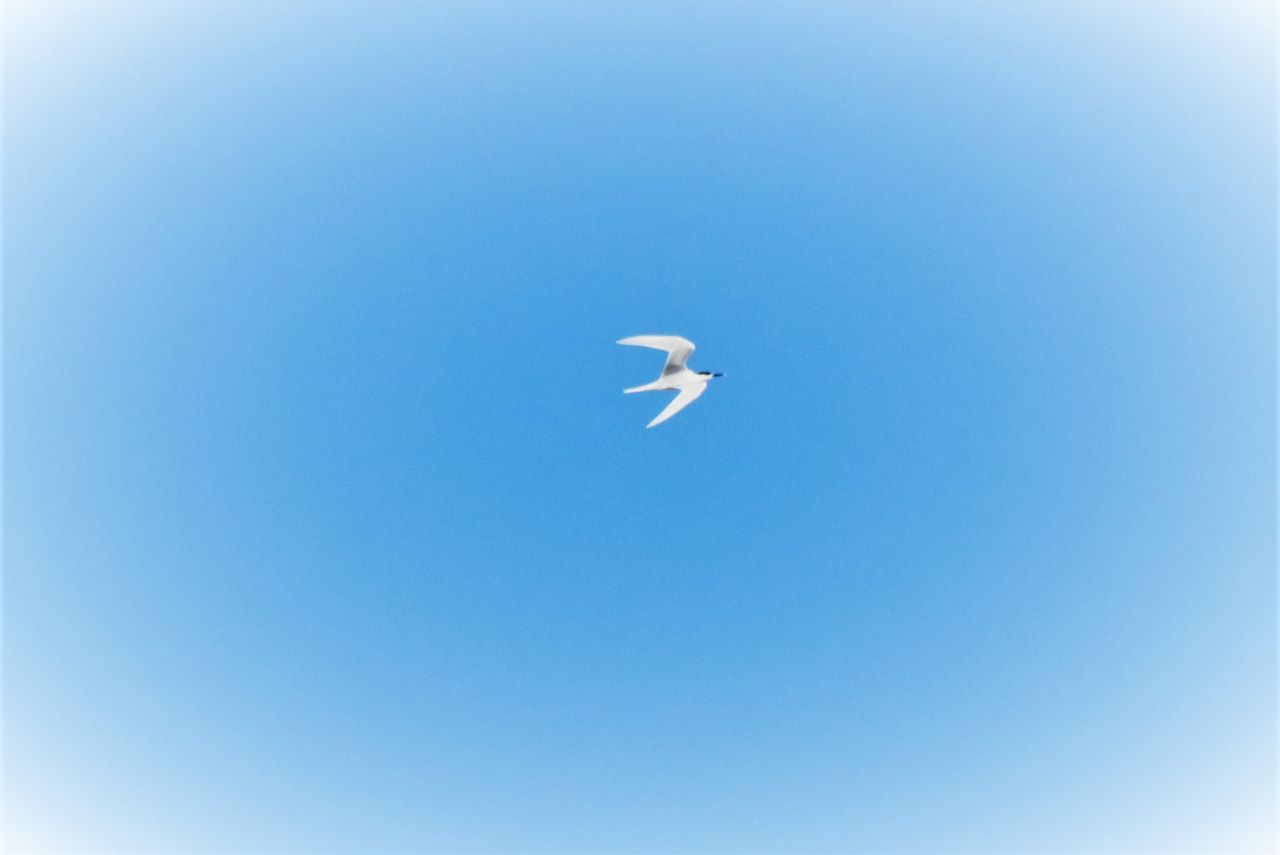

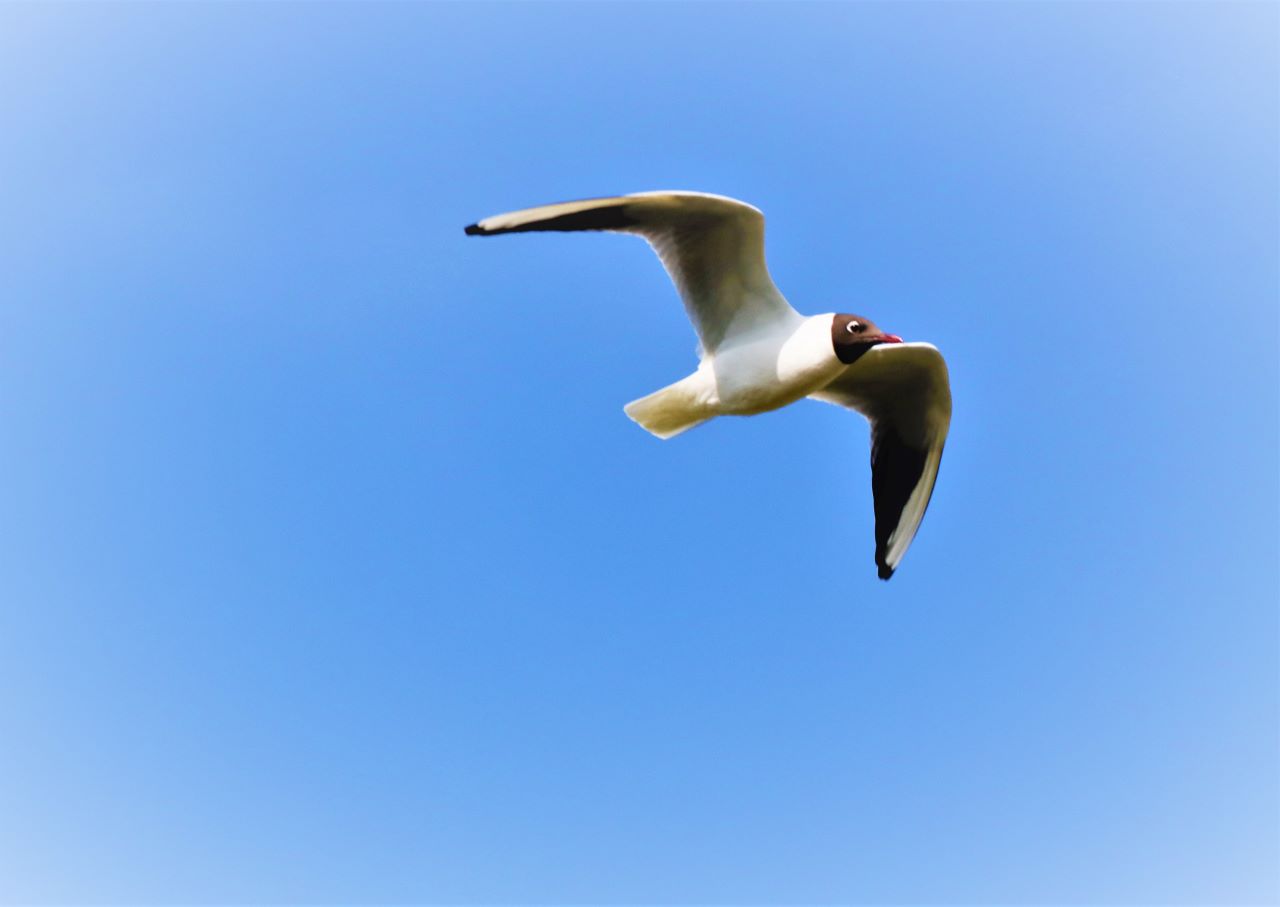

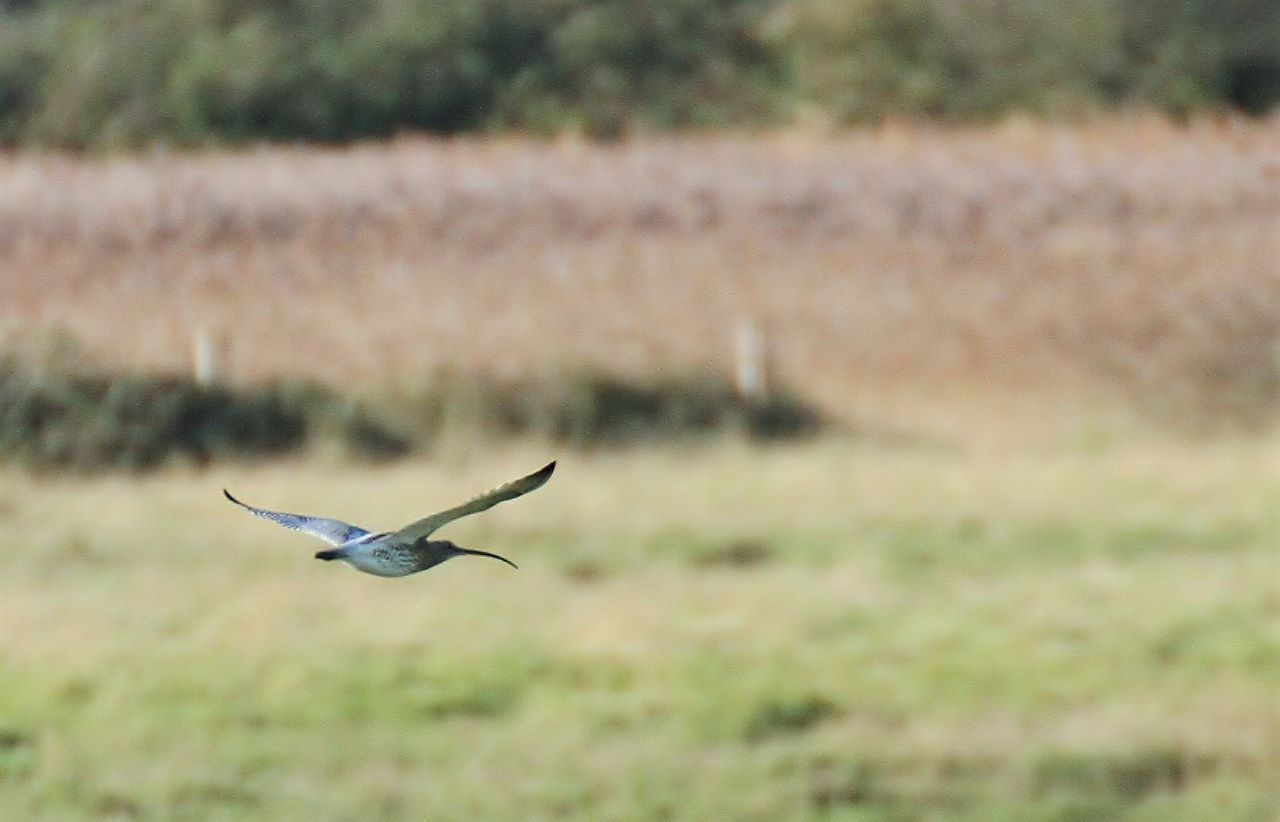
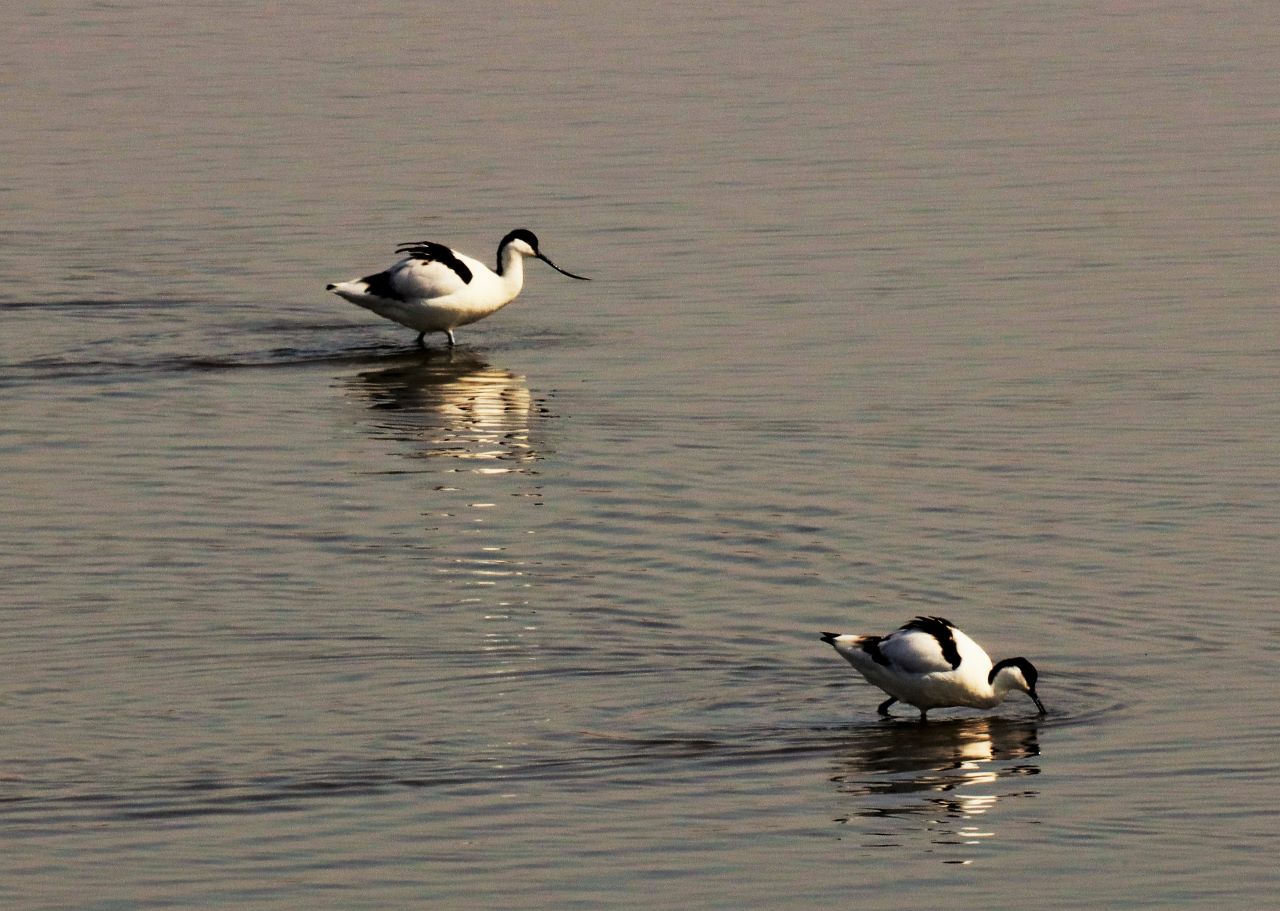

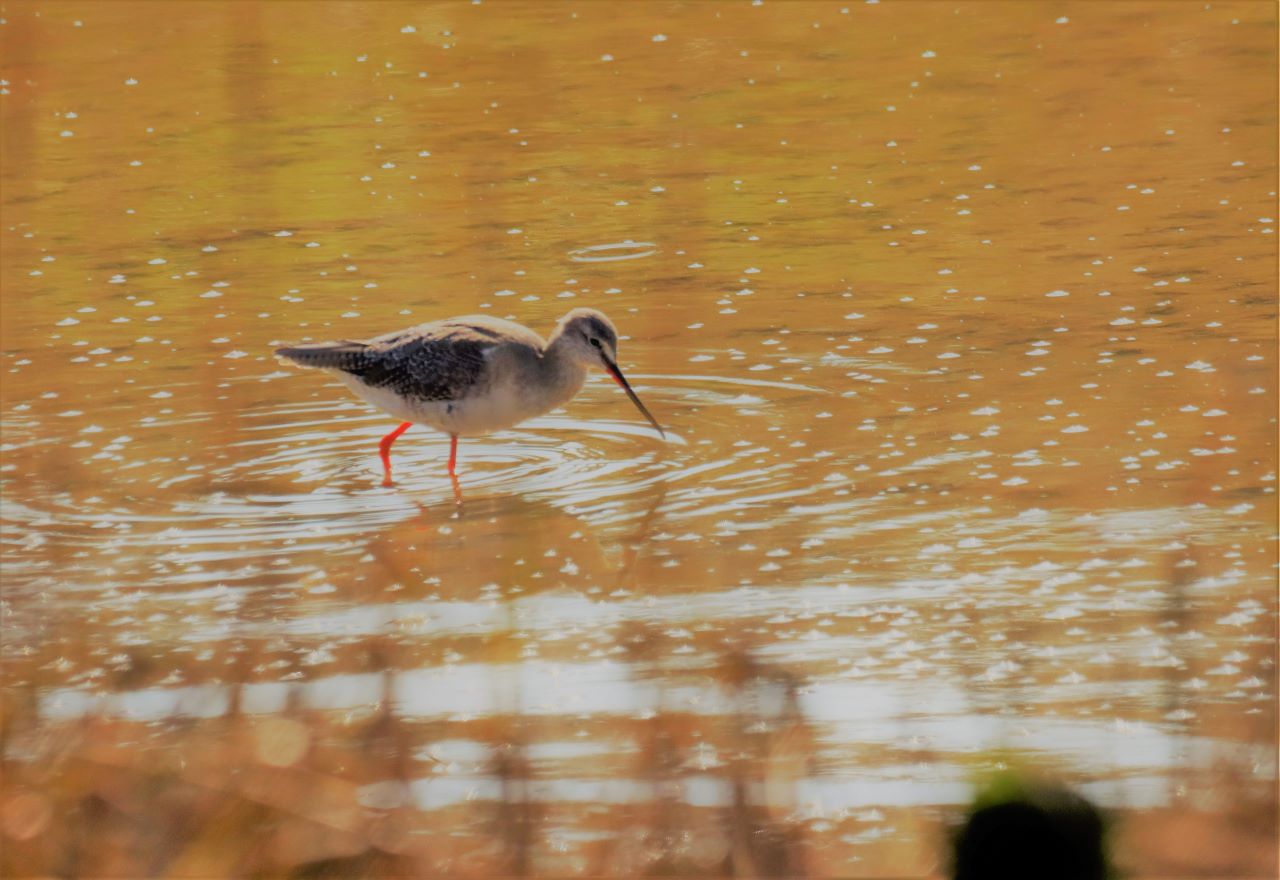

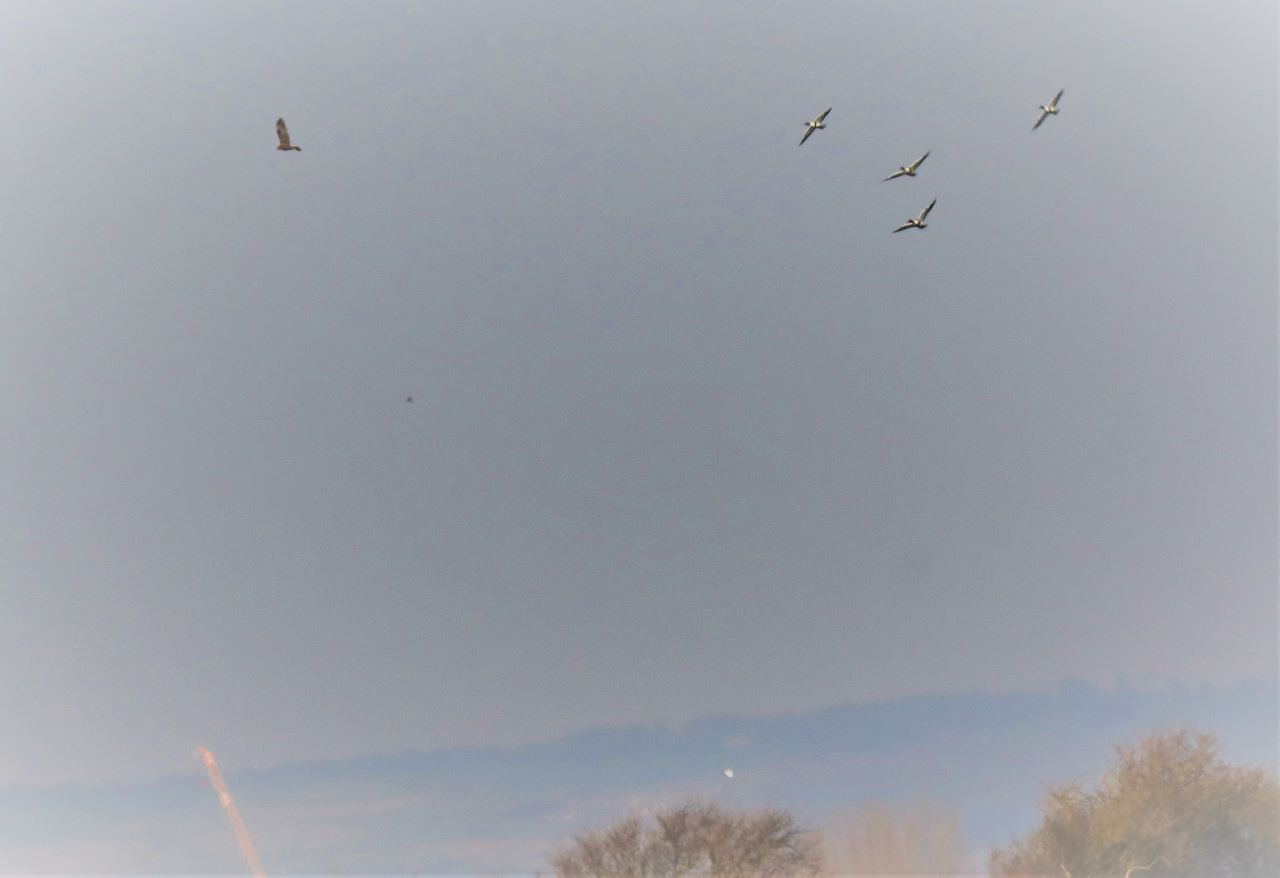

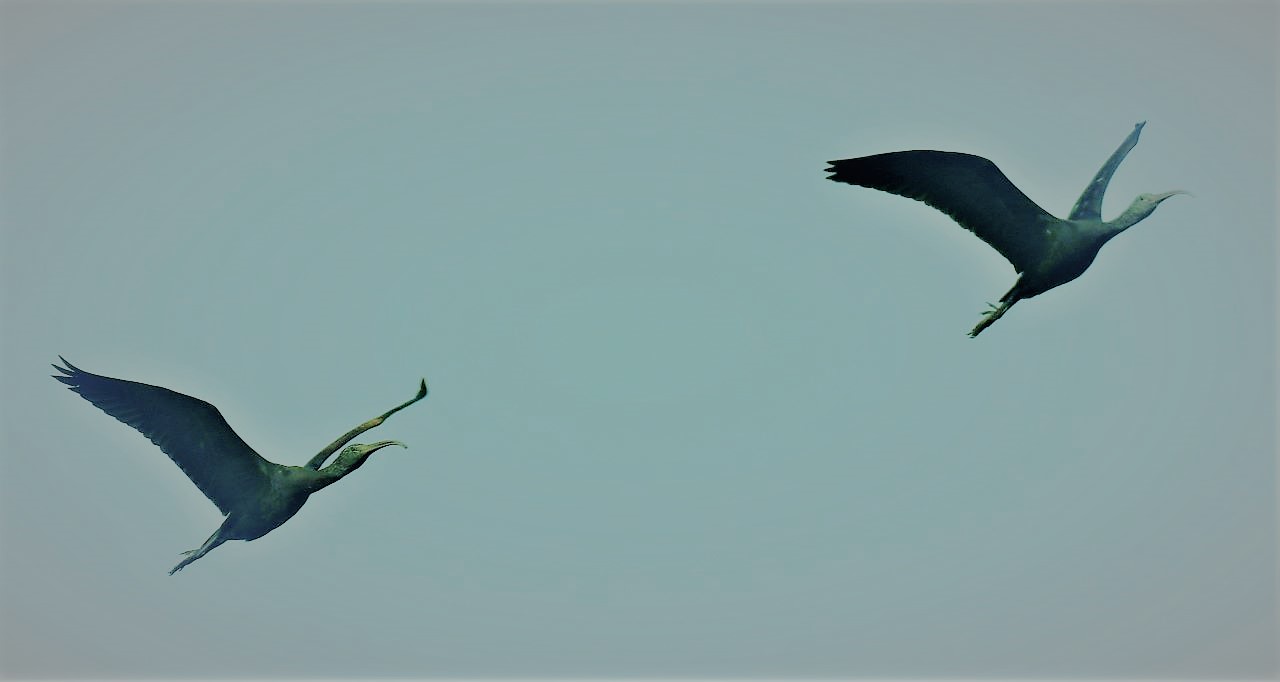
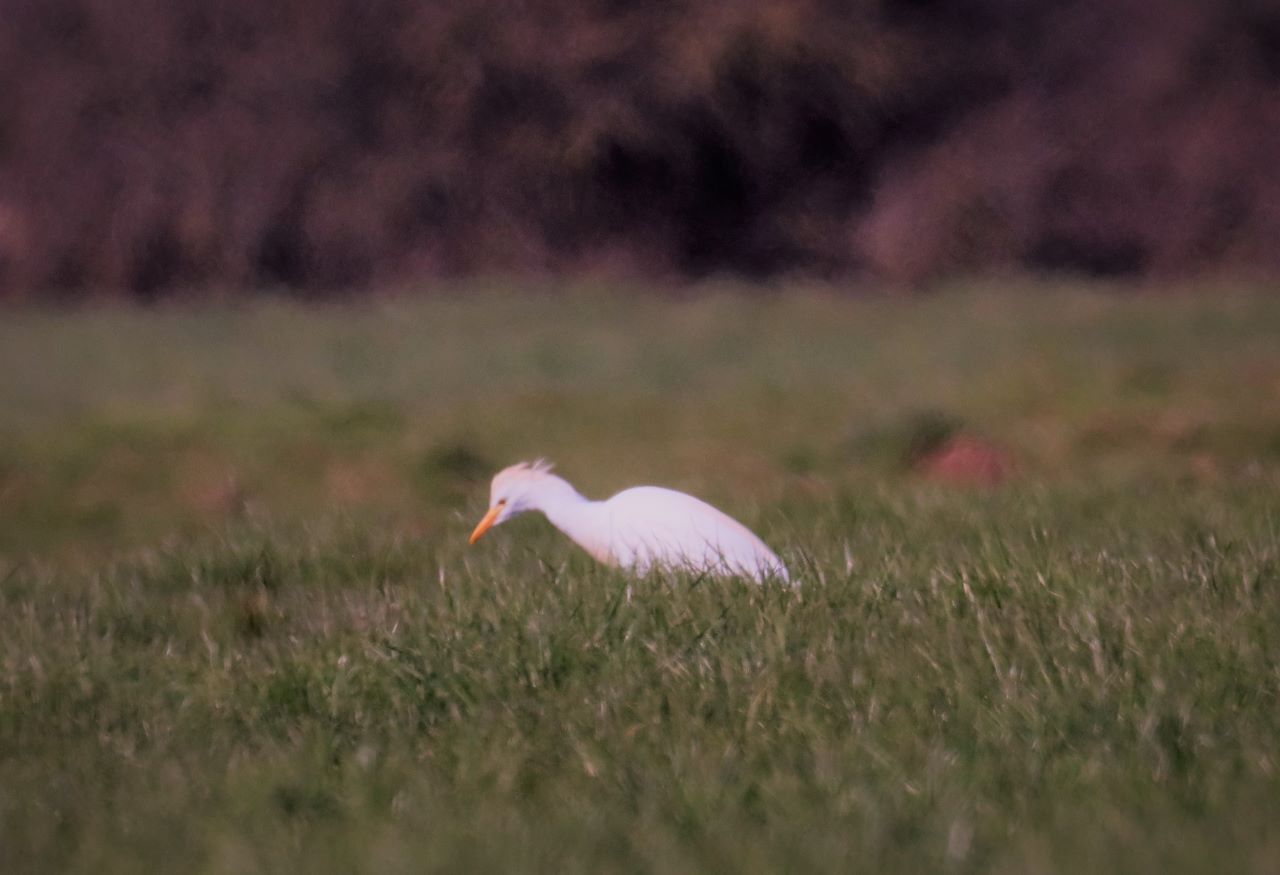
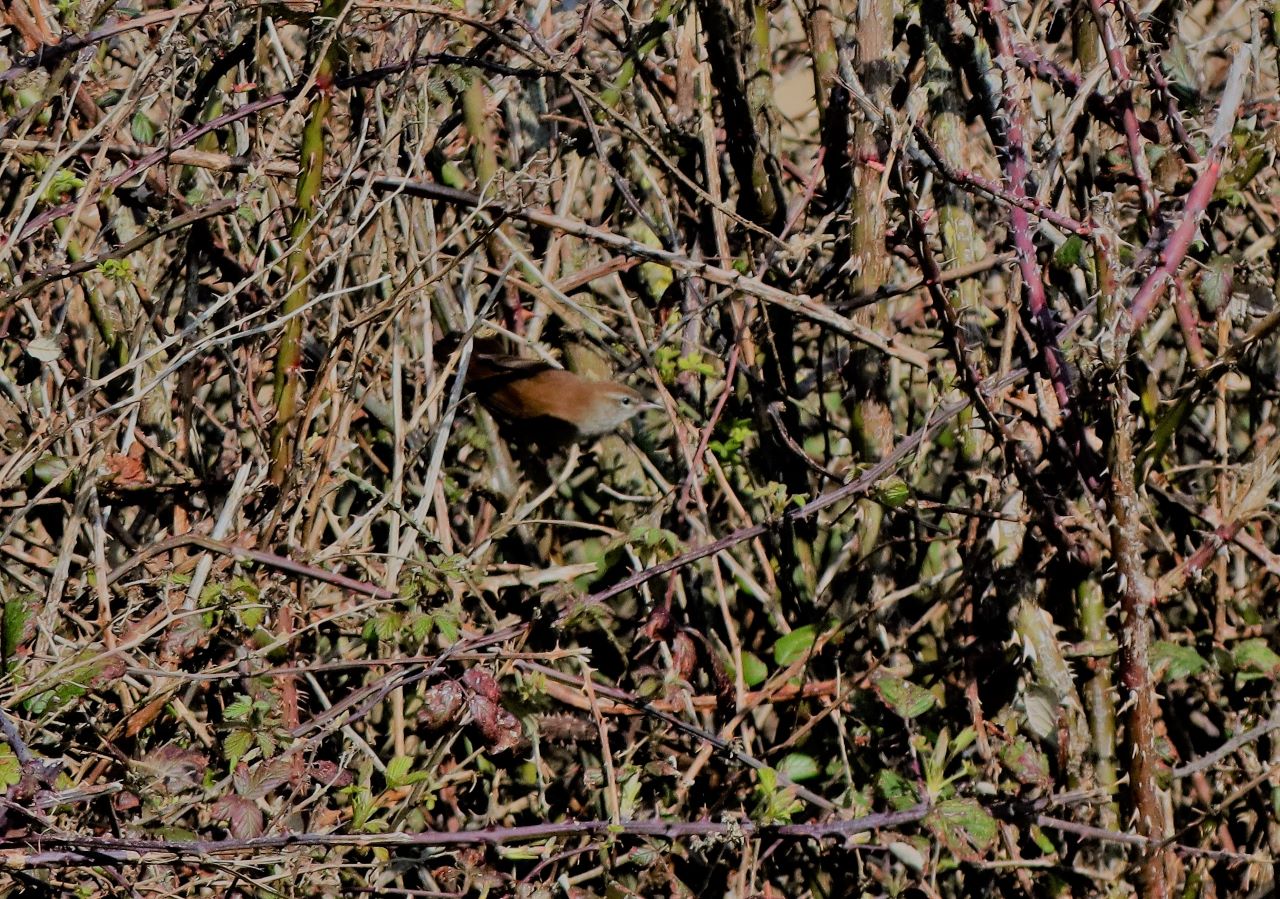
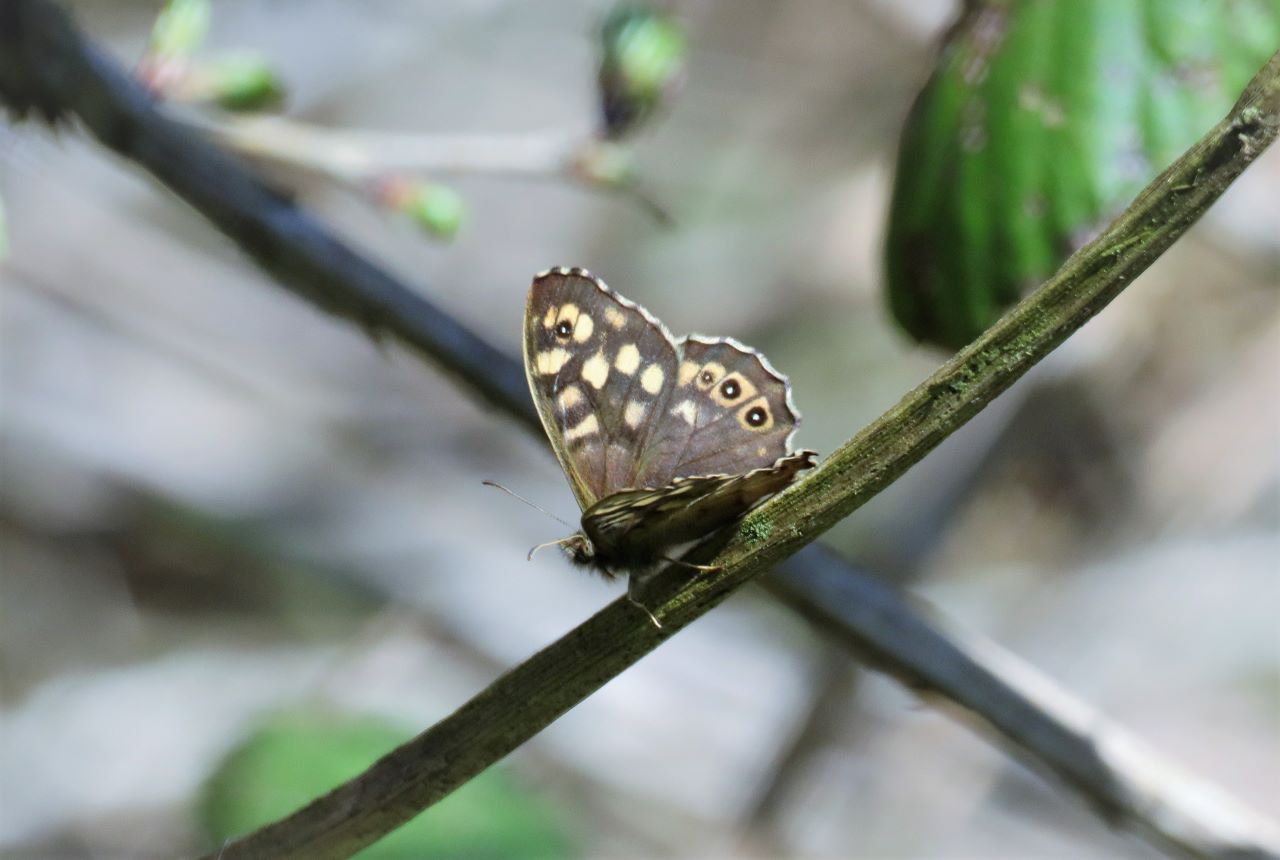
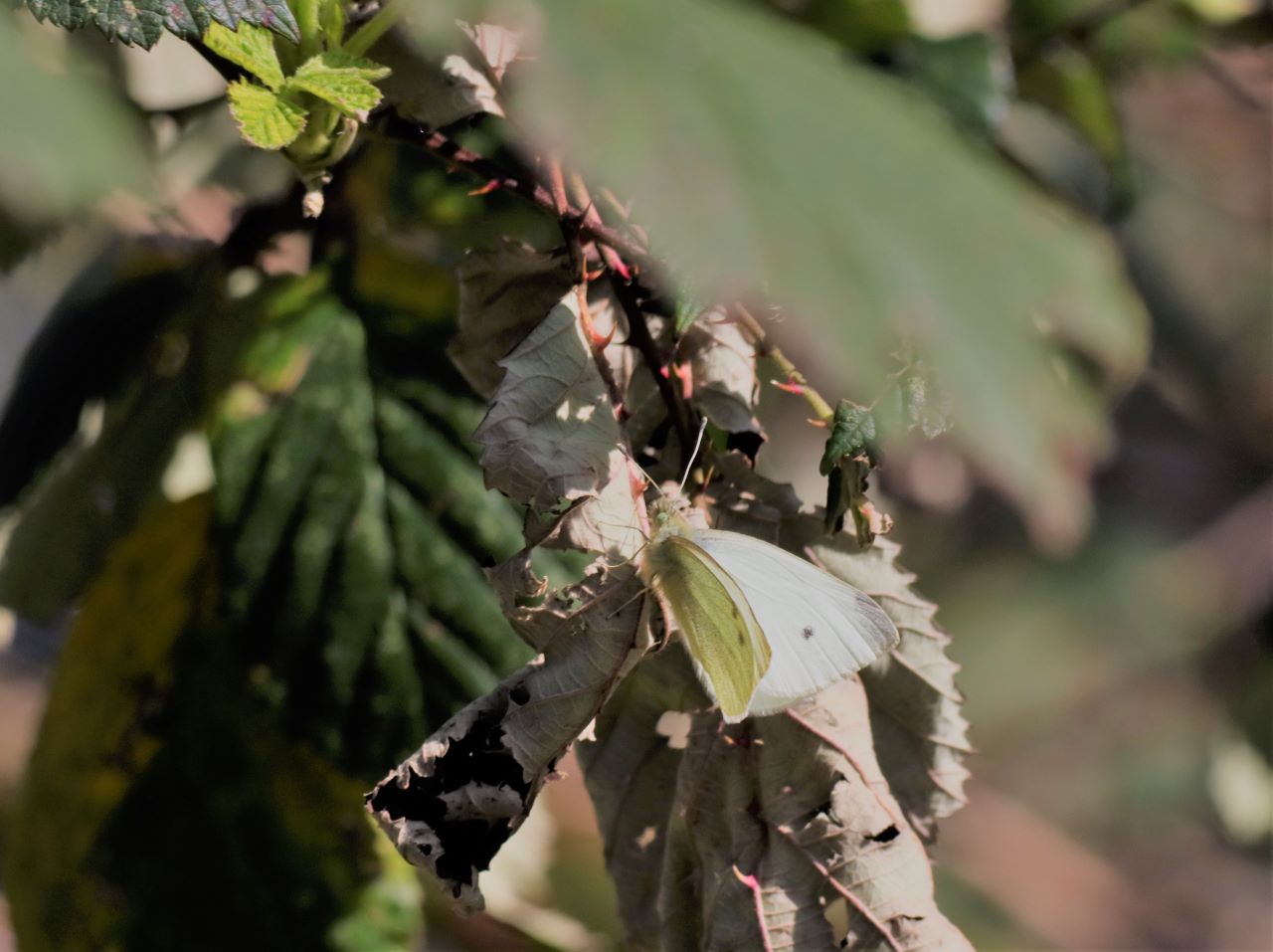

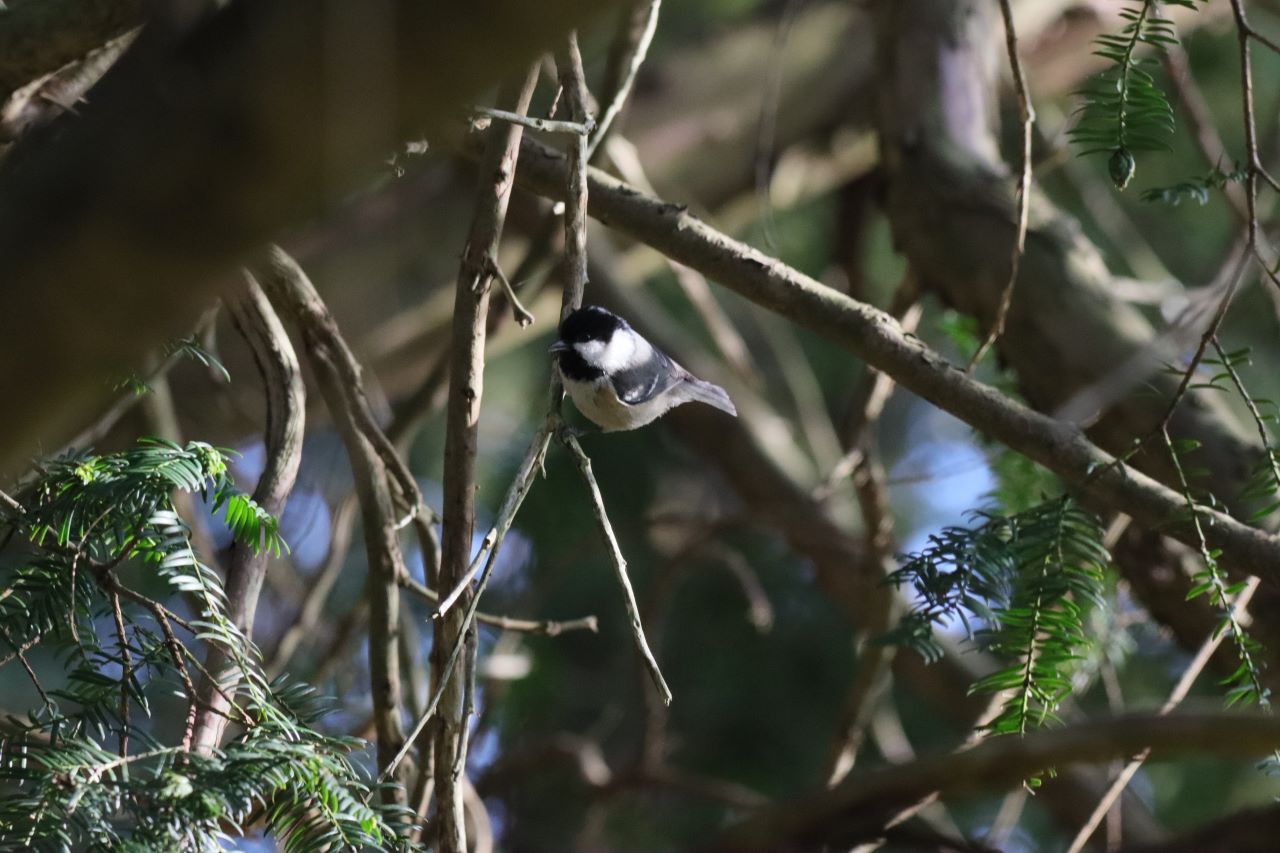

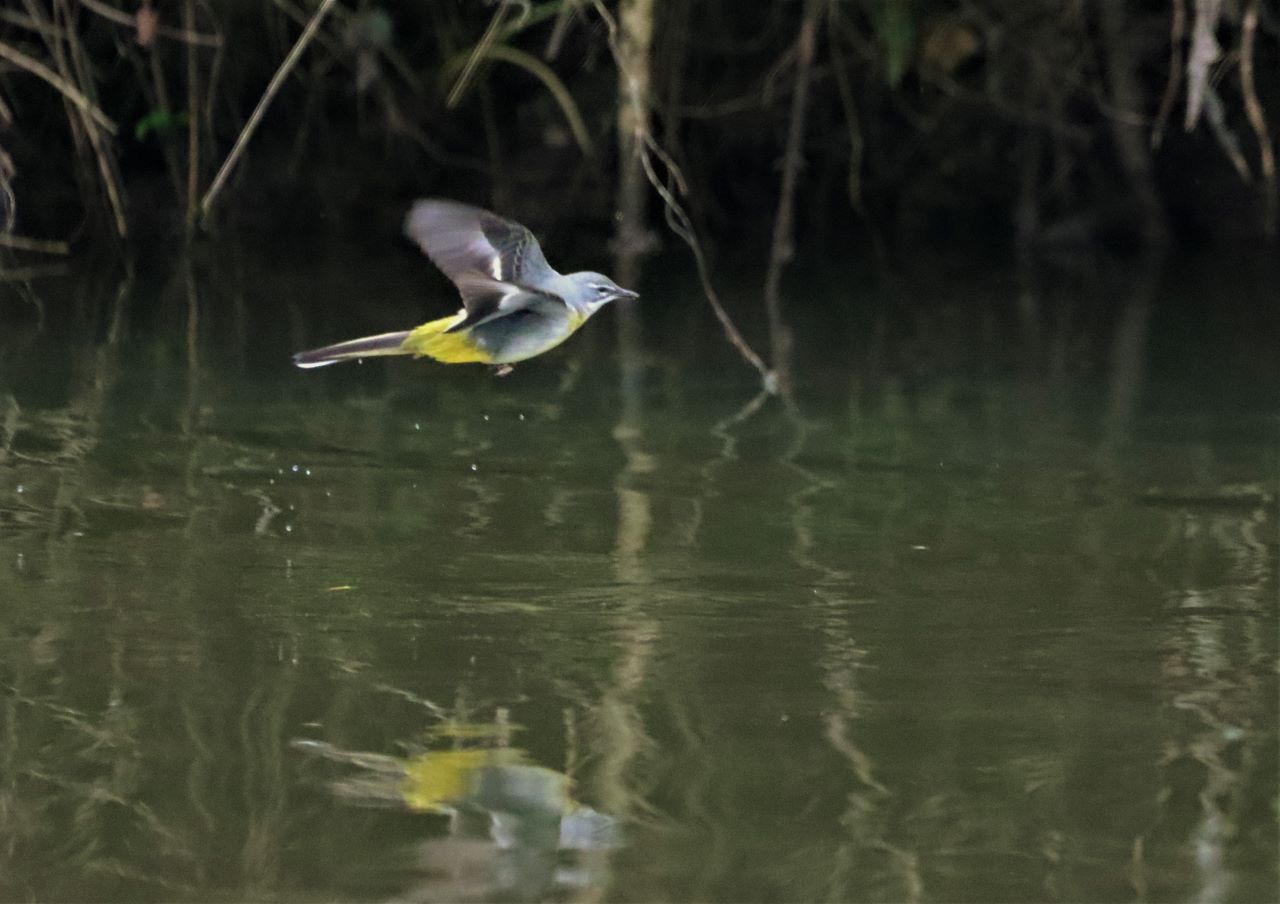
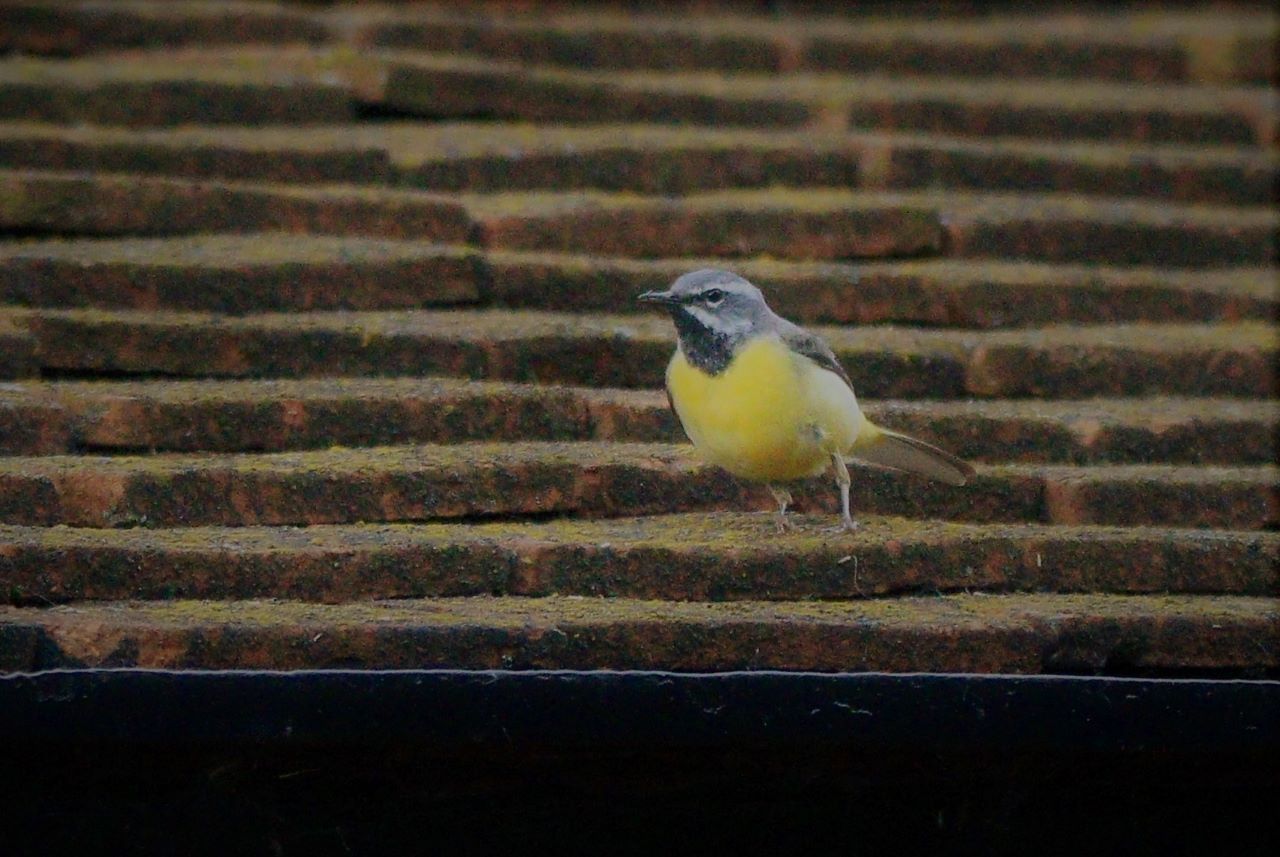
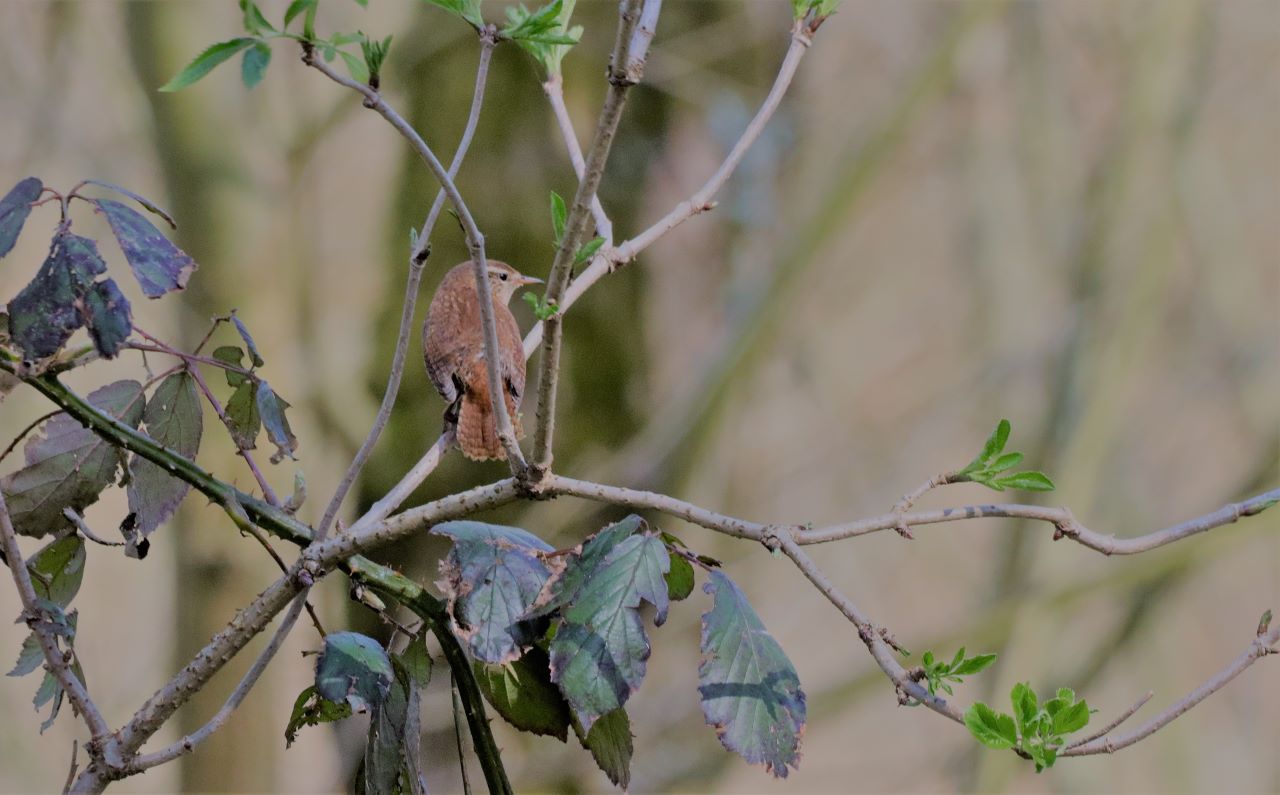
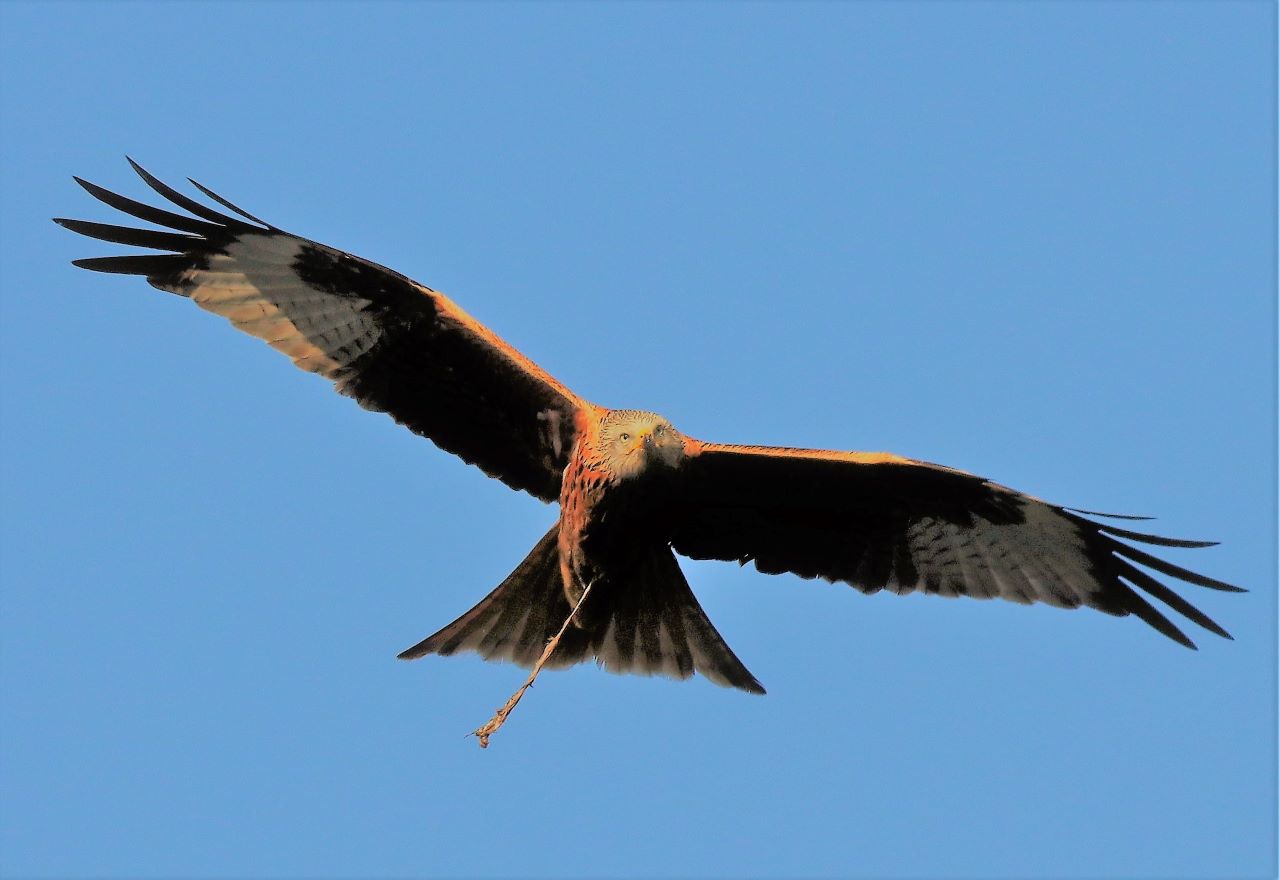

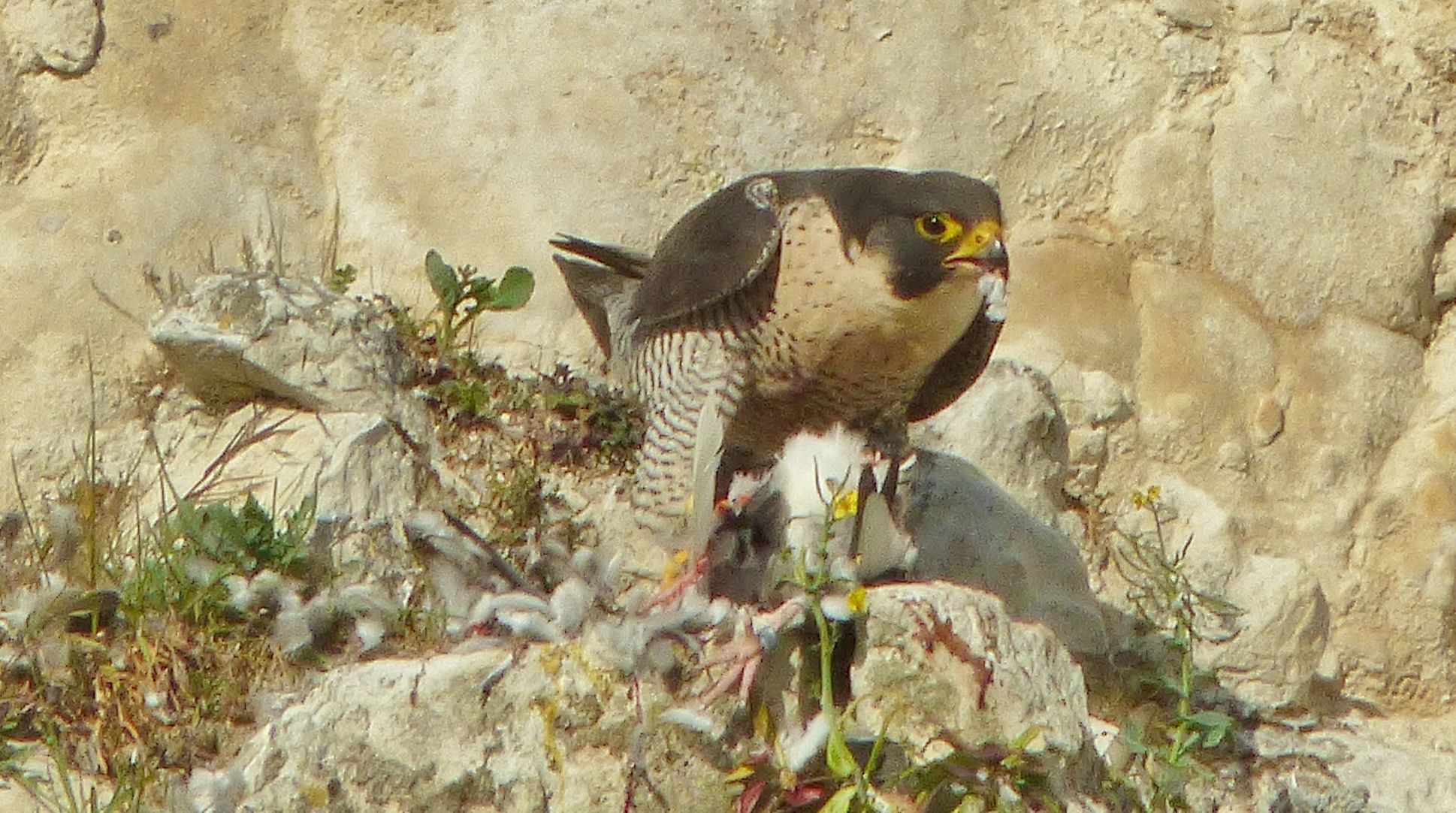
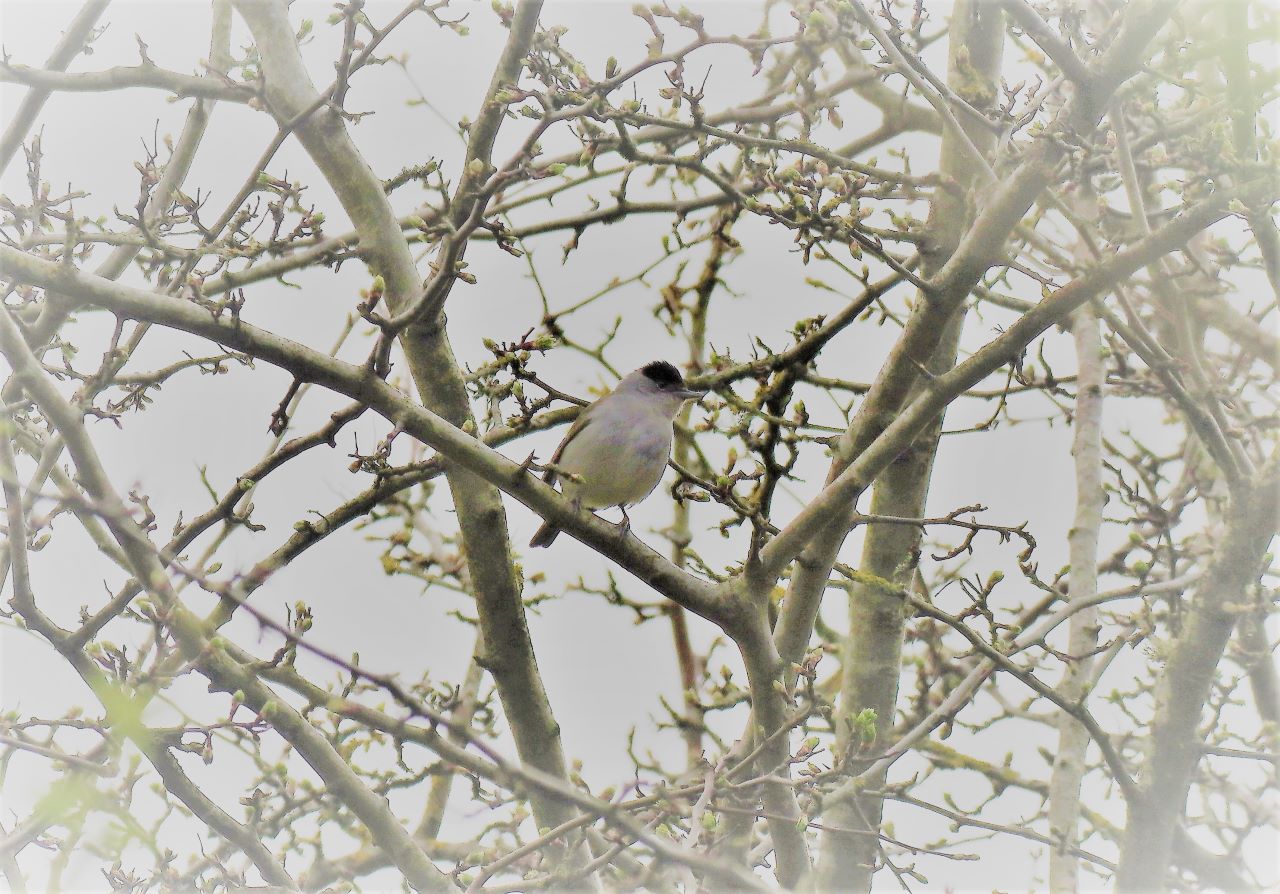
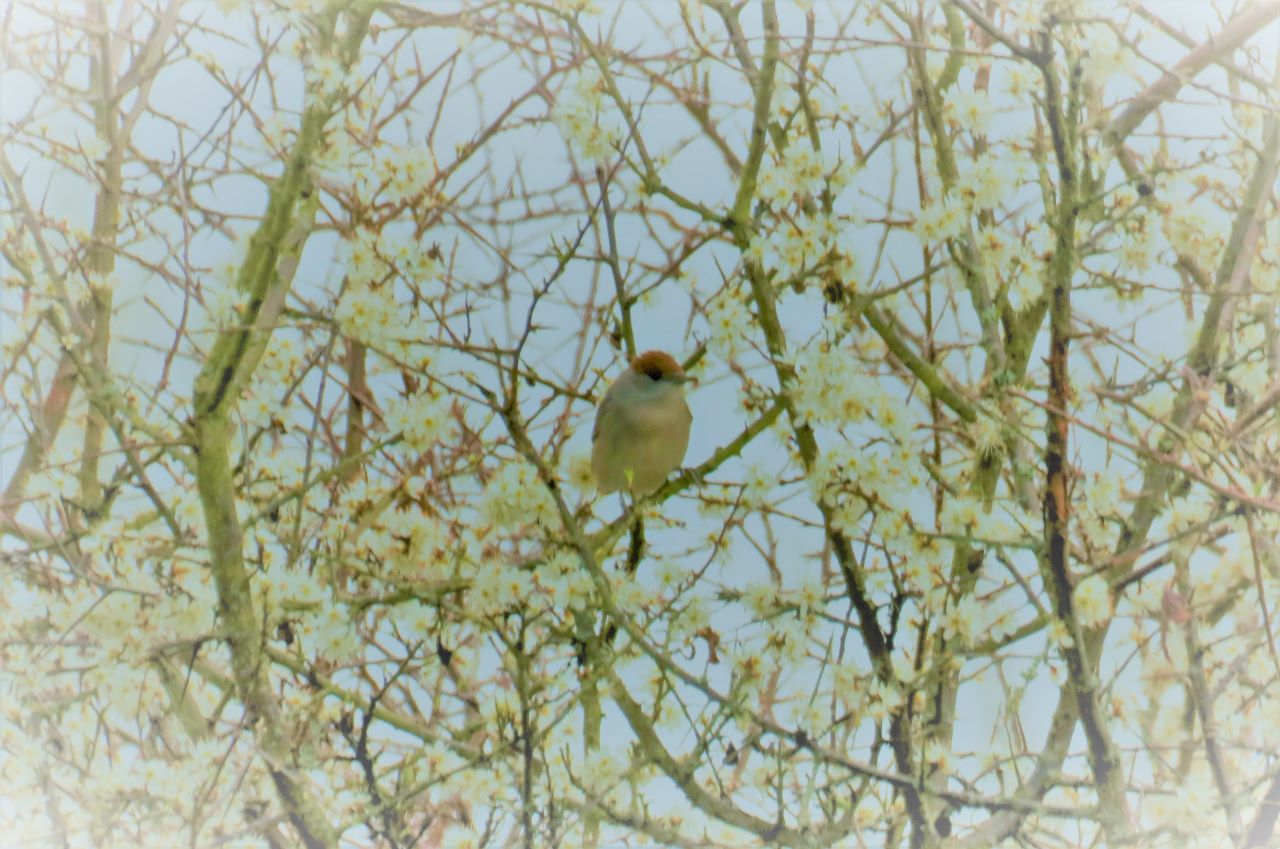

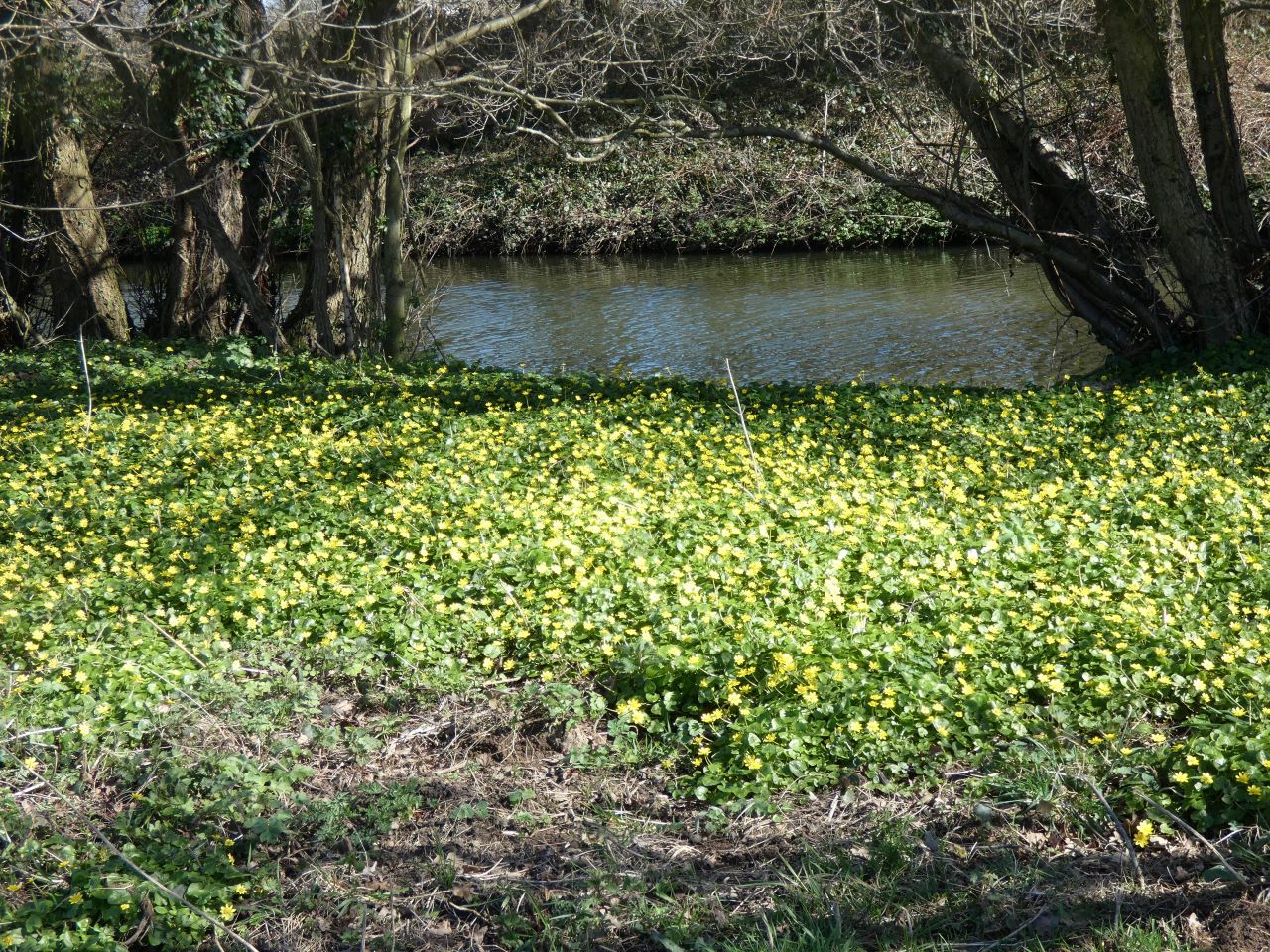

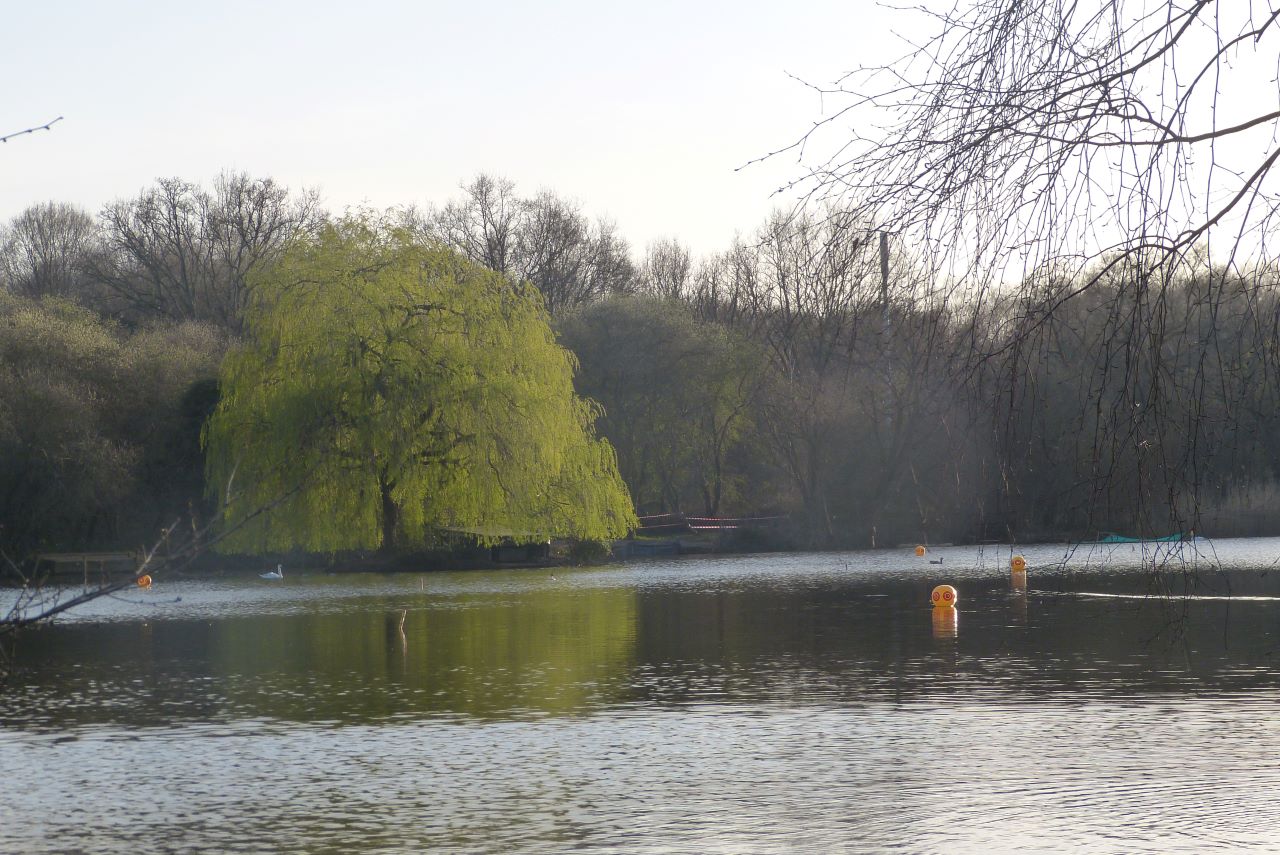
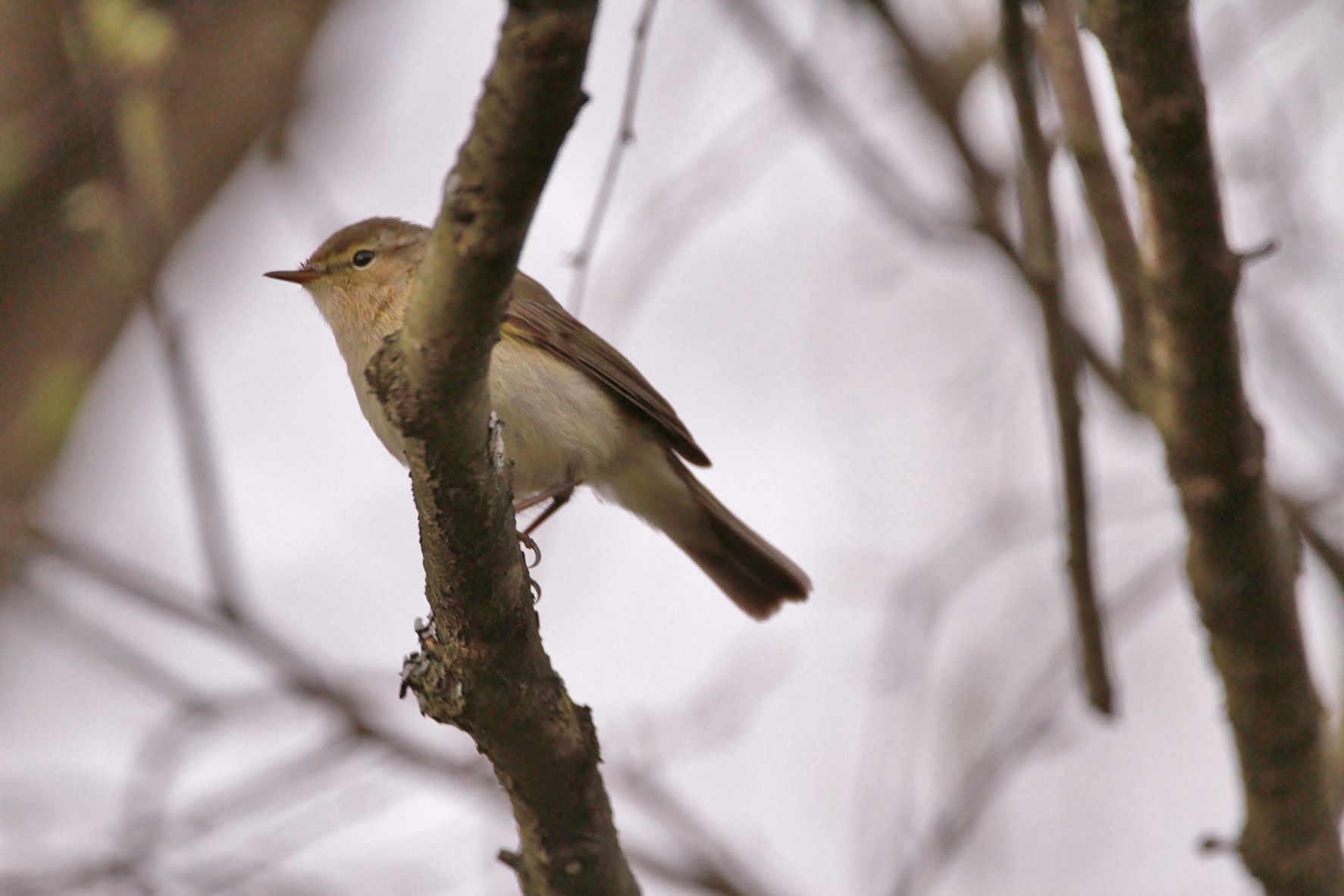

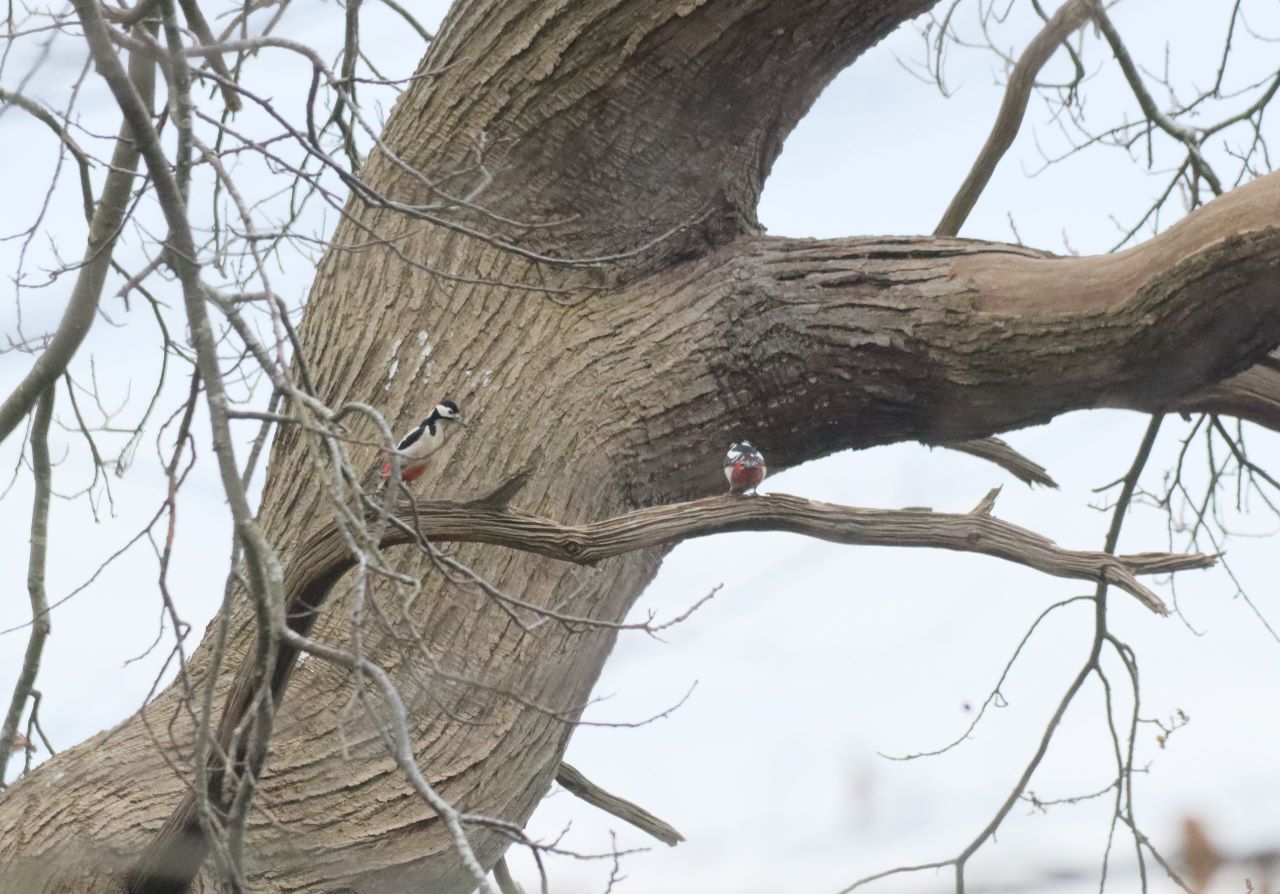
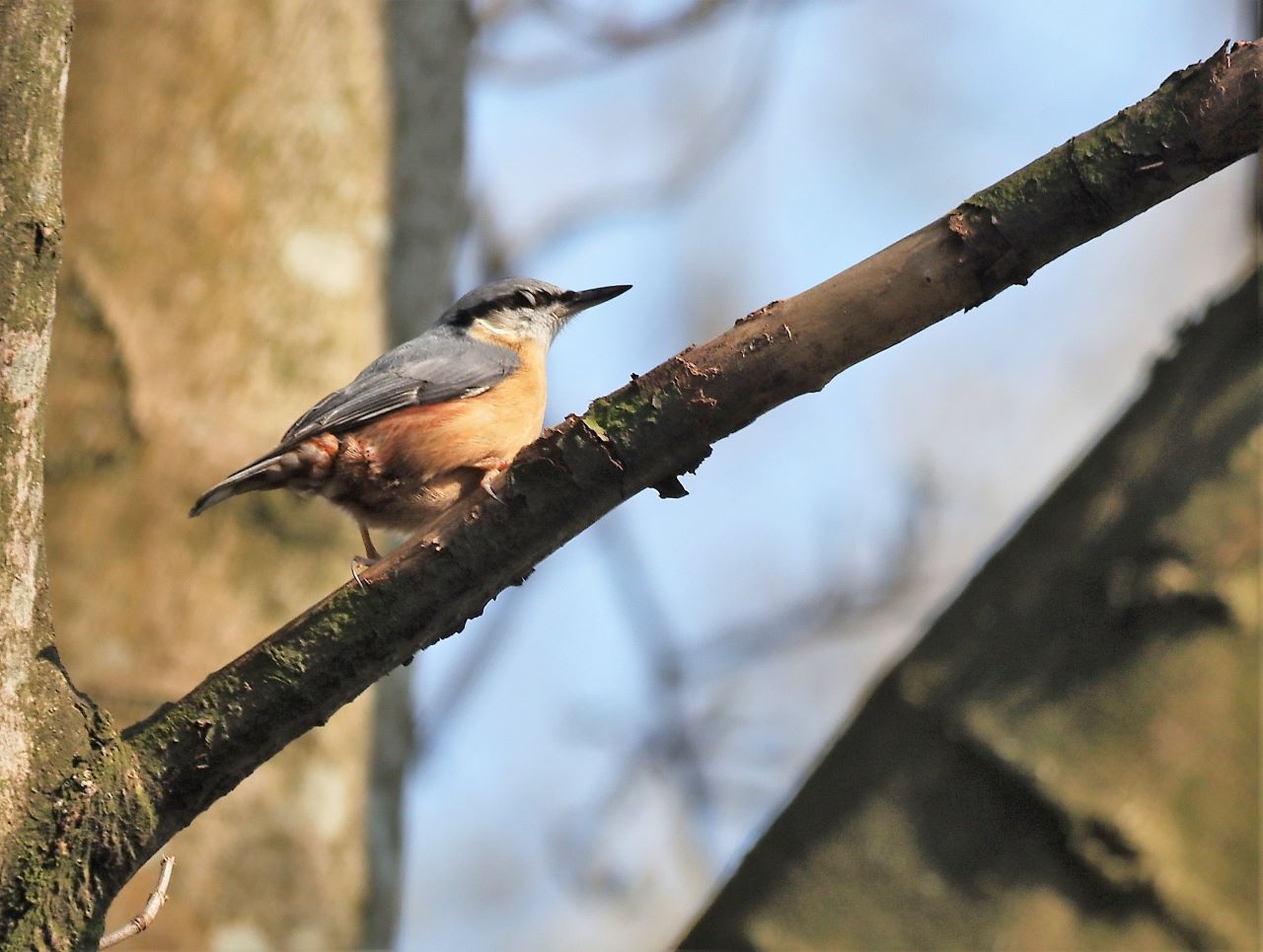
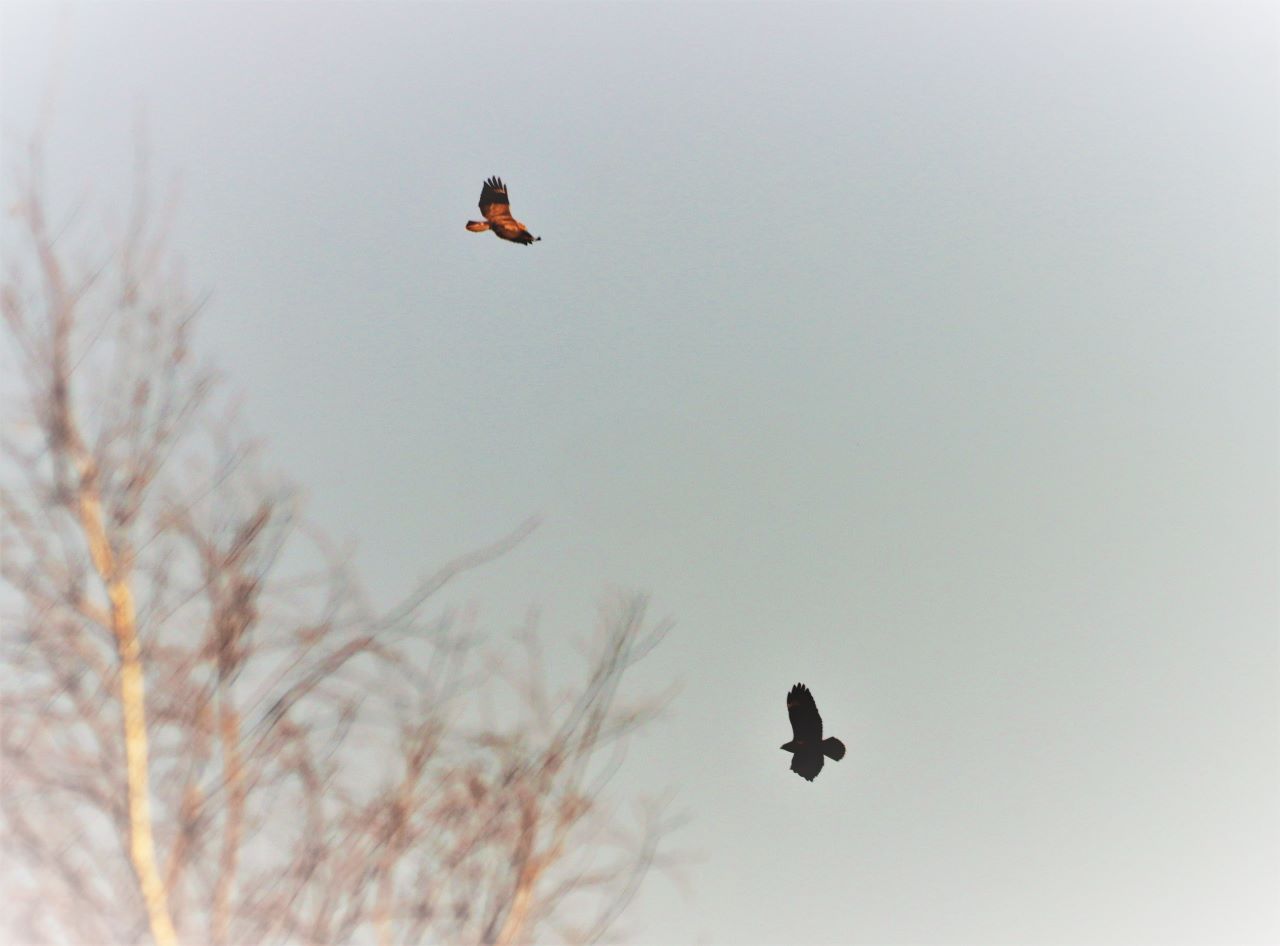
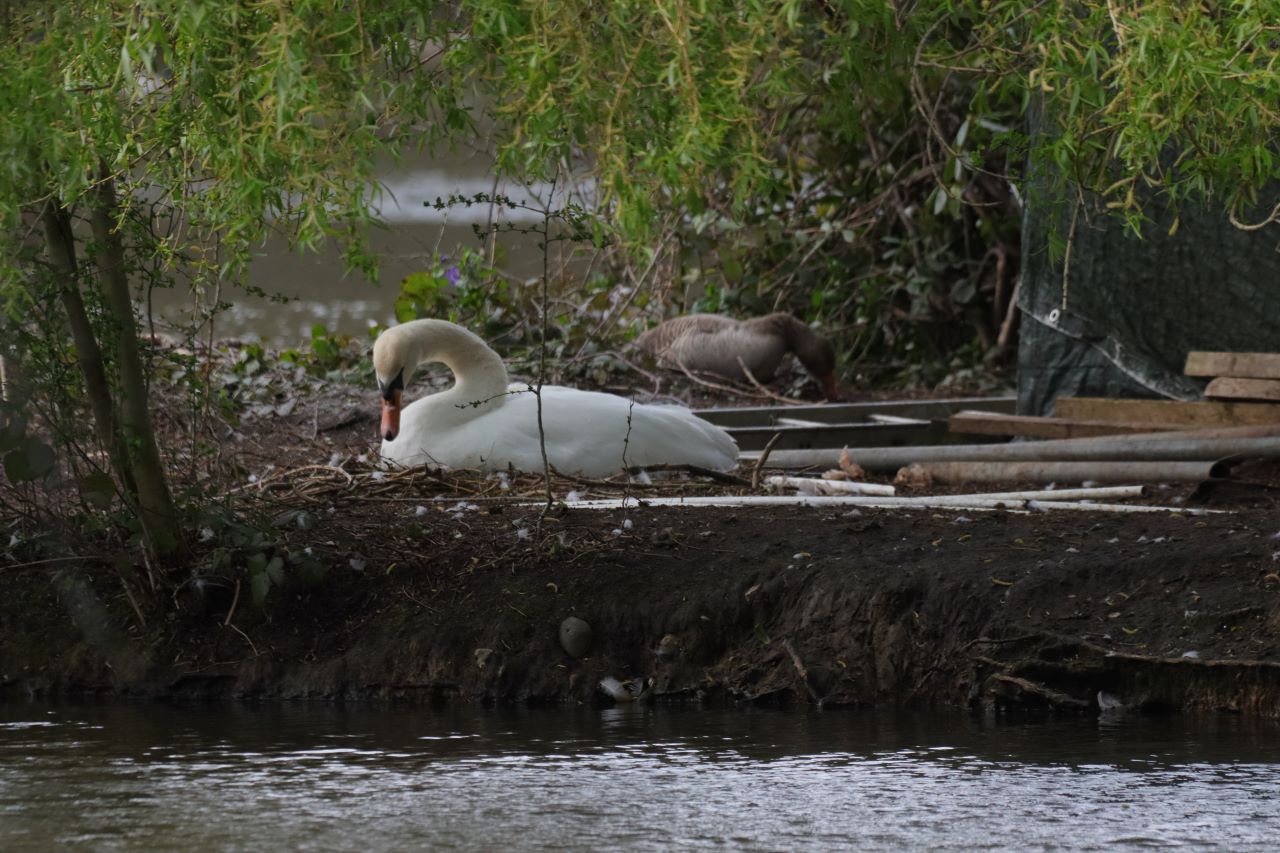
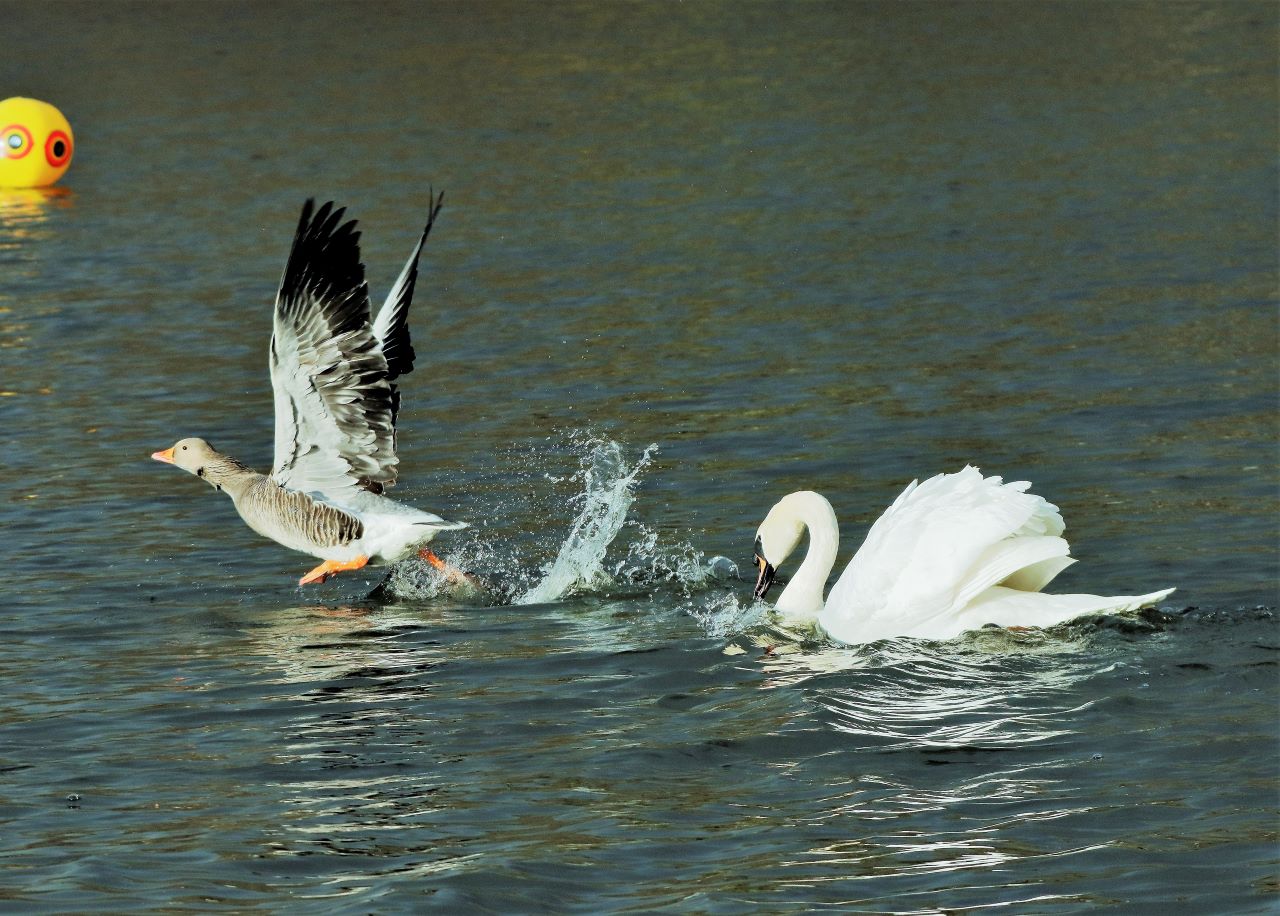
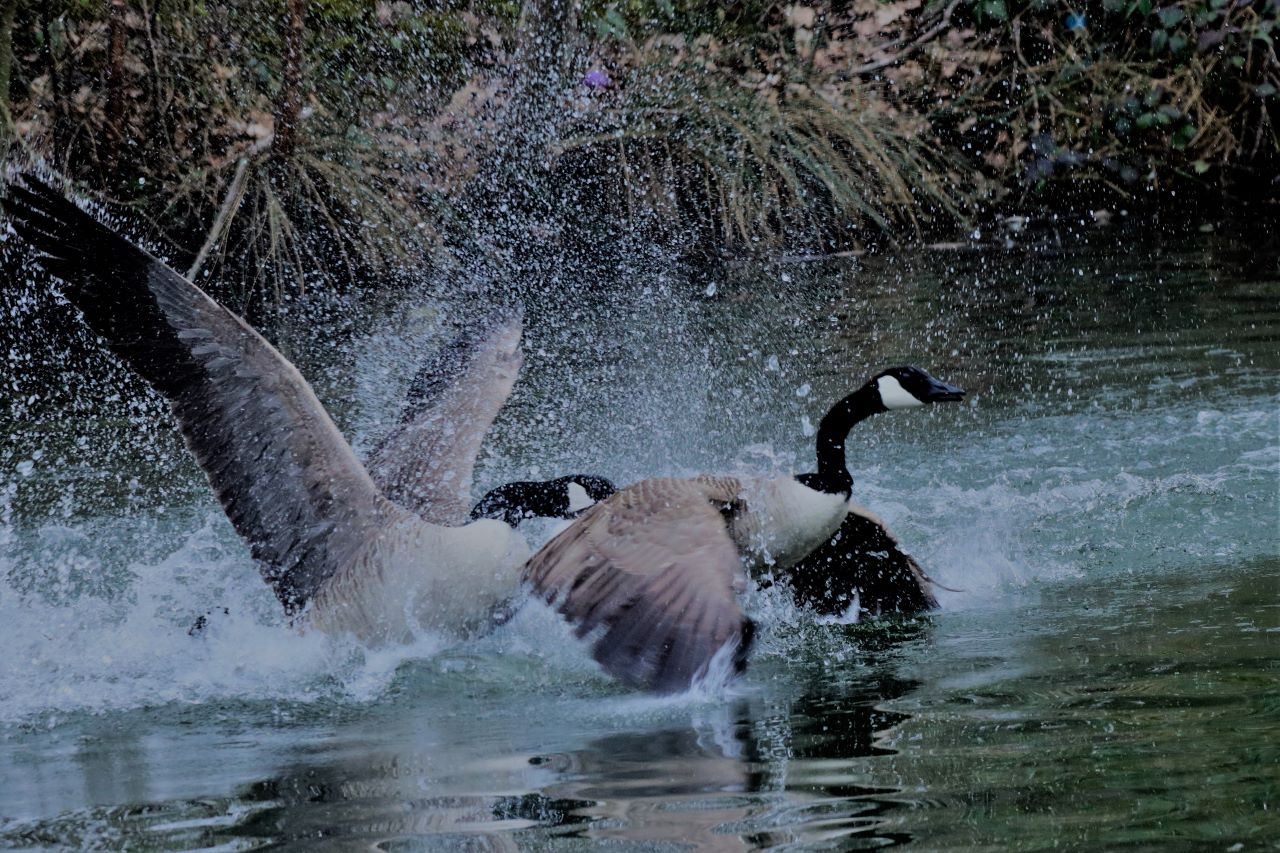
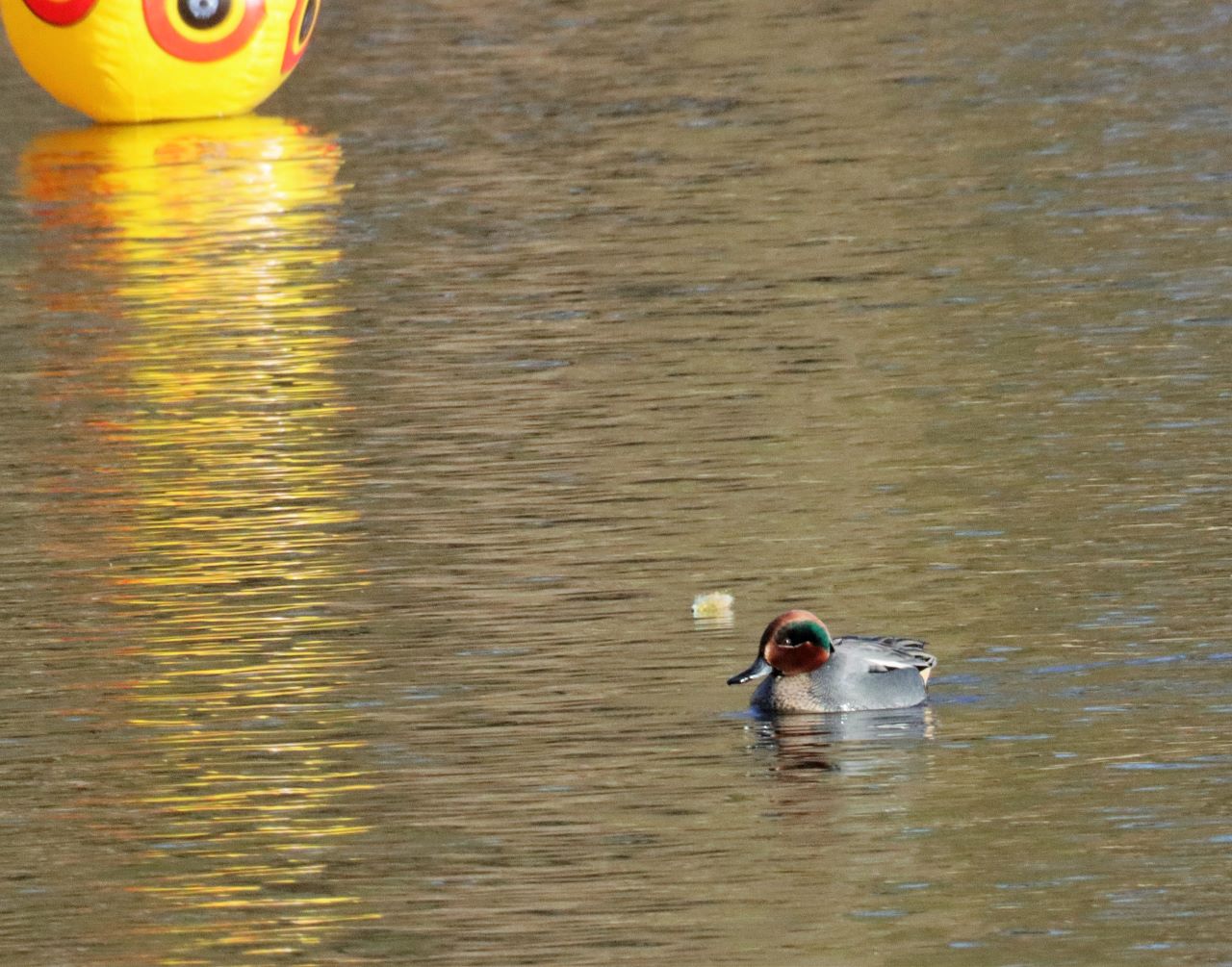

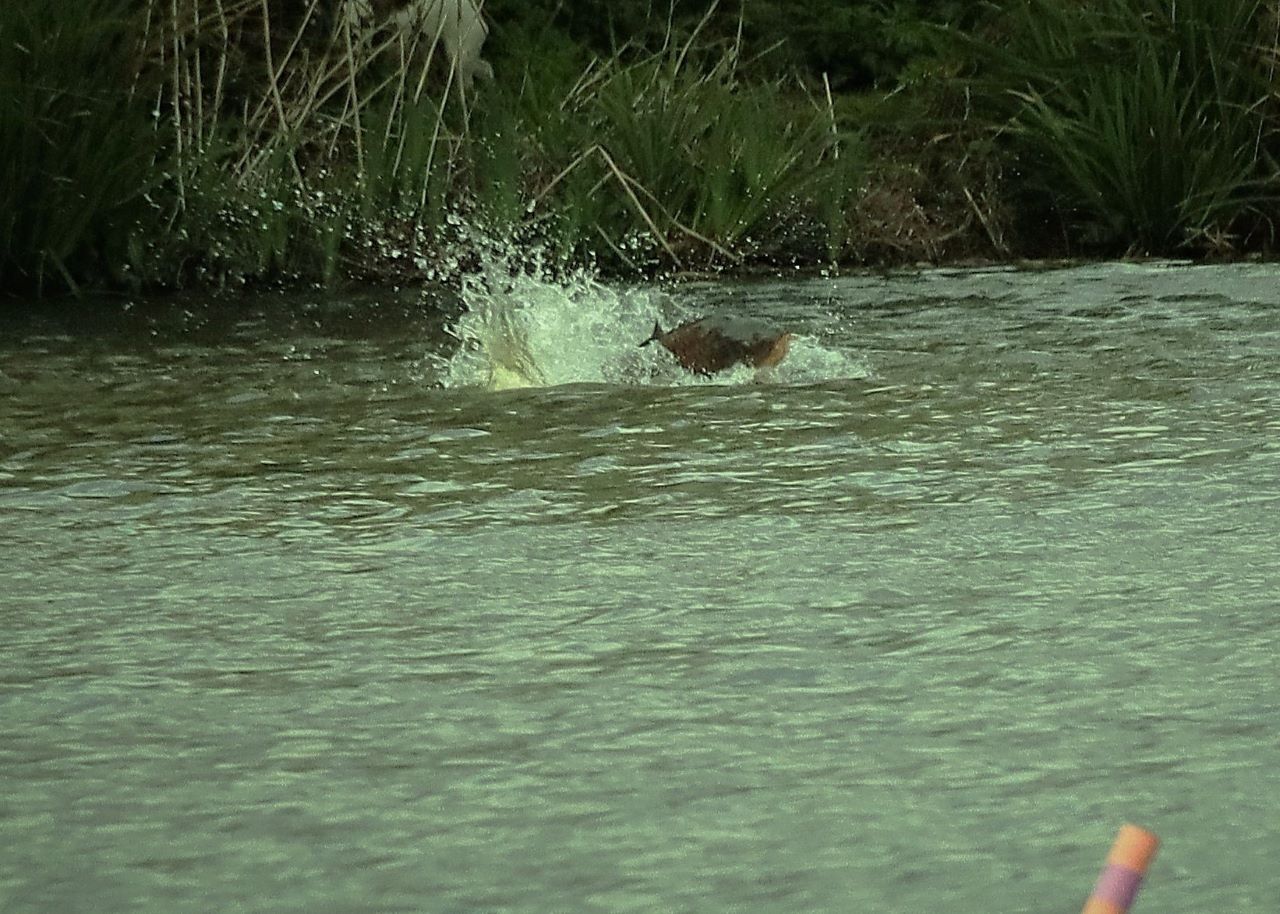
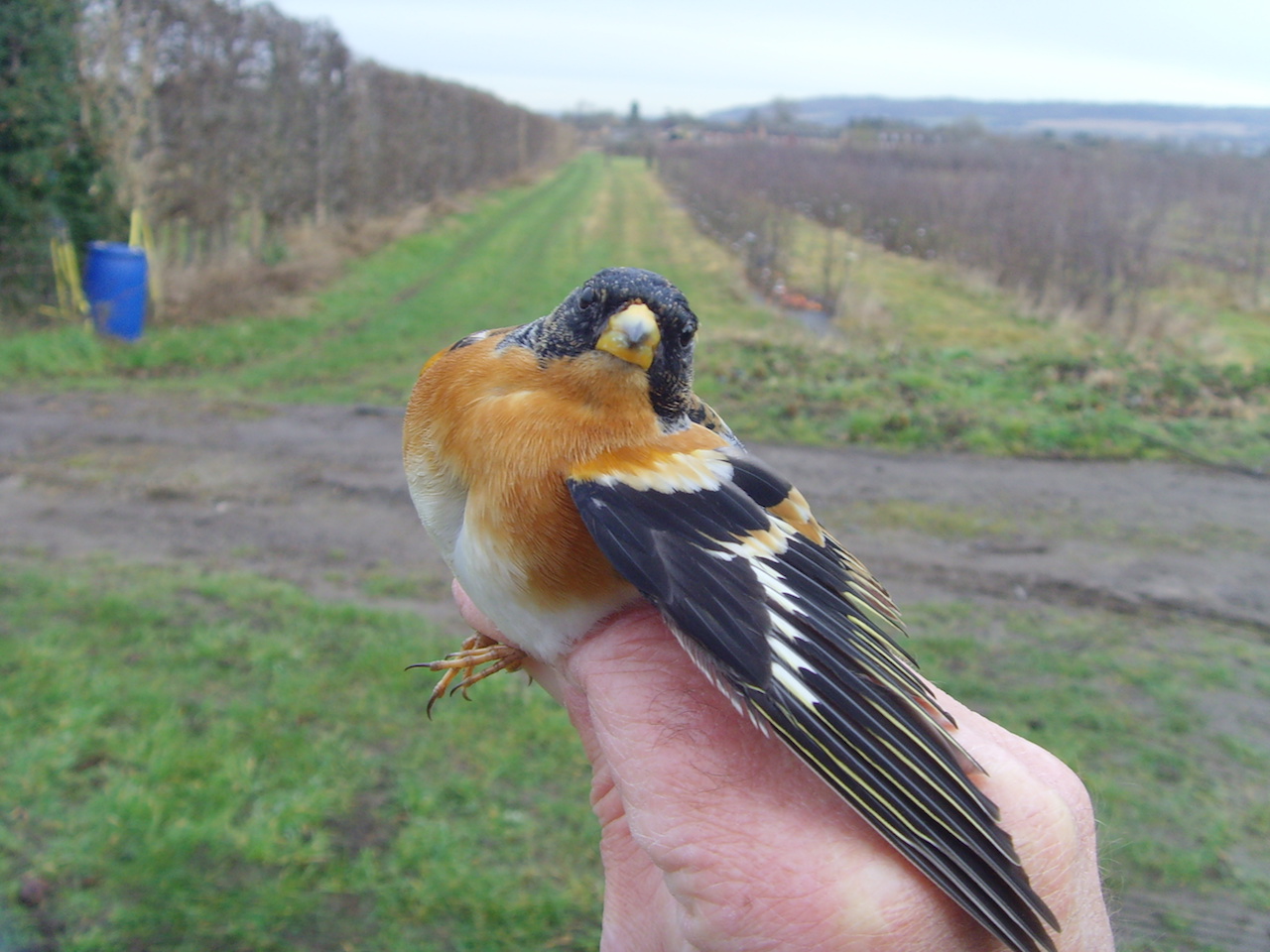
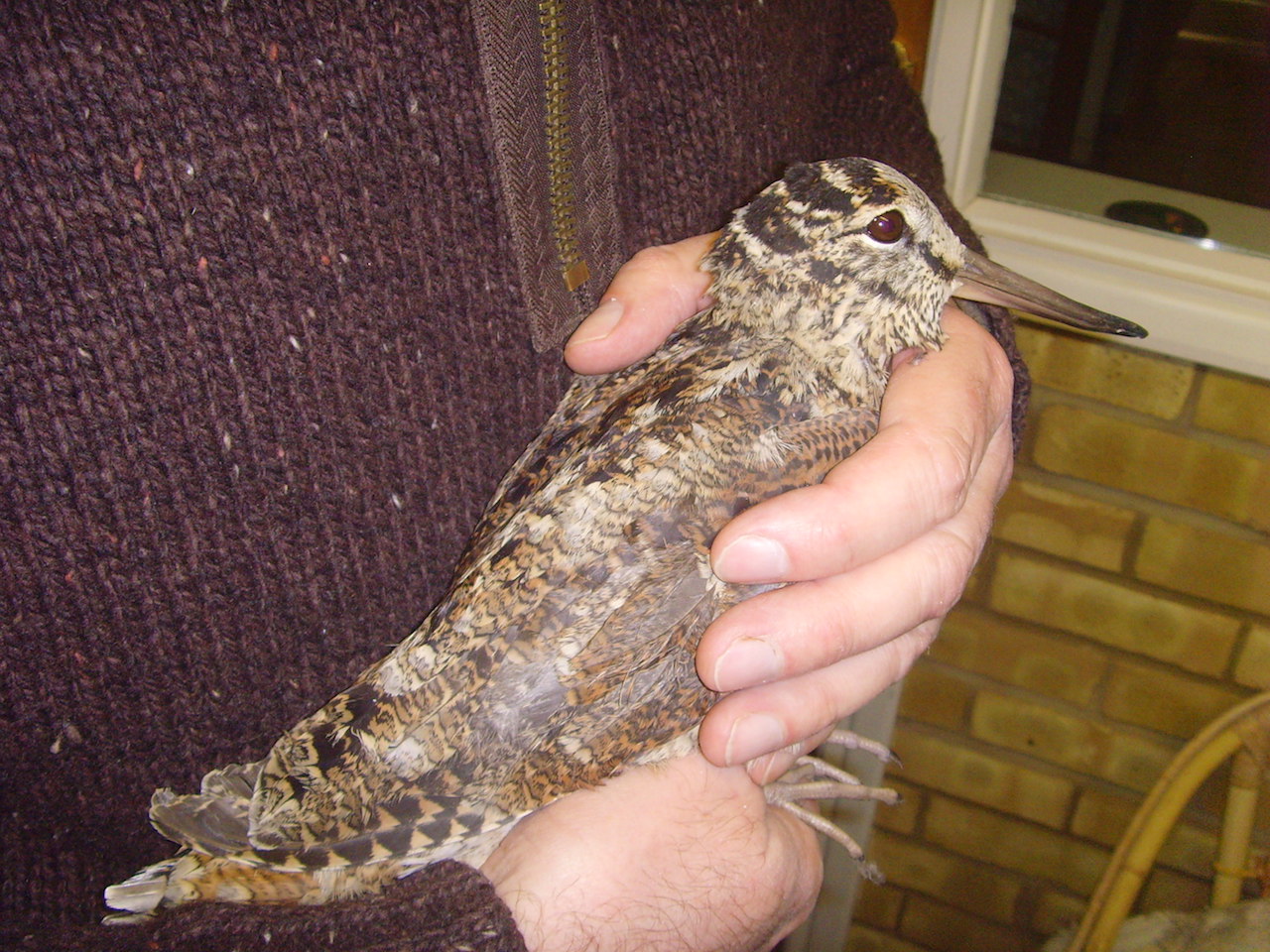









Mark Stracey
April 12, 2022 at 11:55 pm
Thanks Malcolm for your great reports, here’s to the next 250 or more in 10 years.